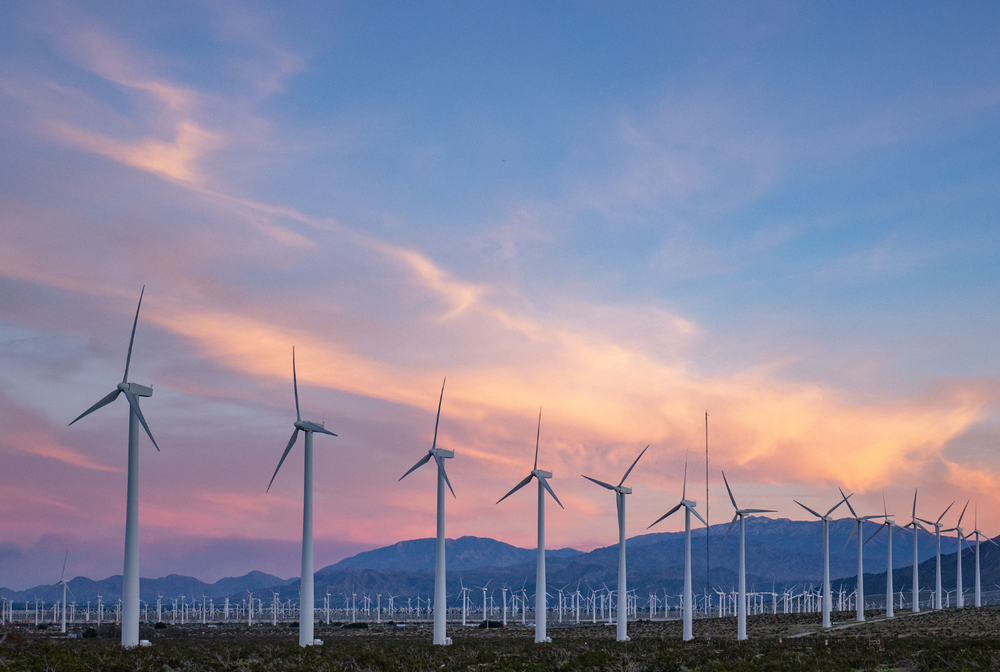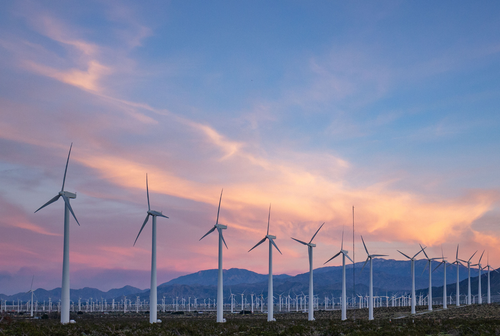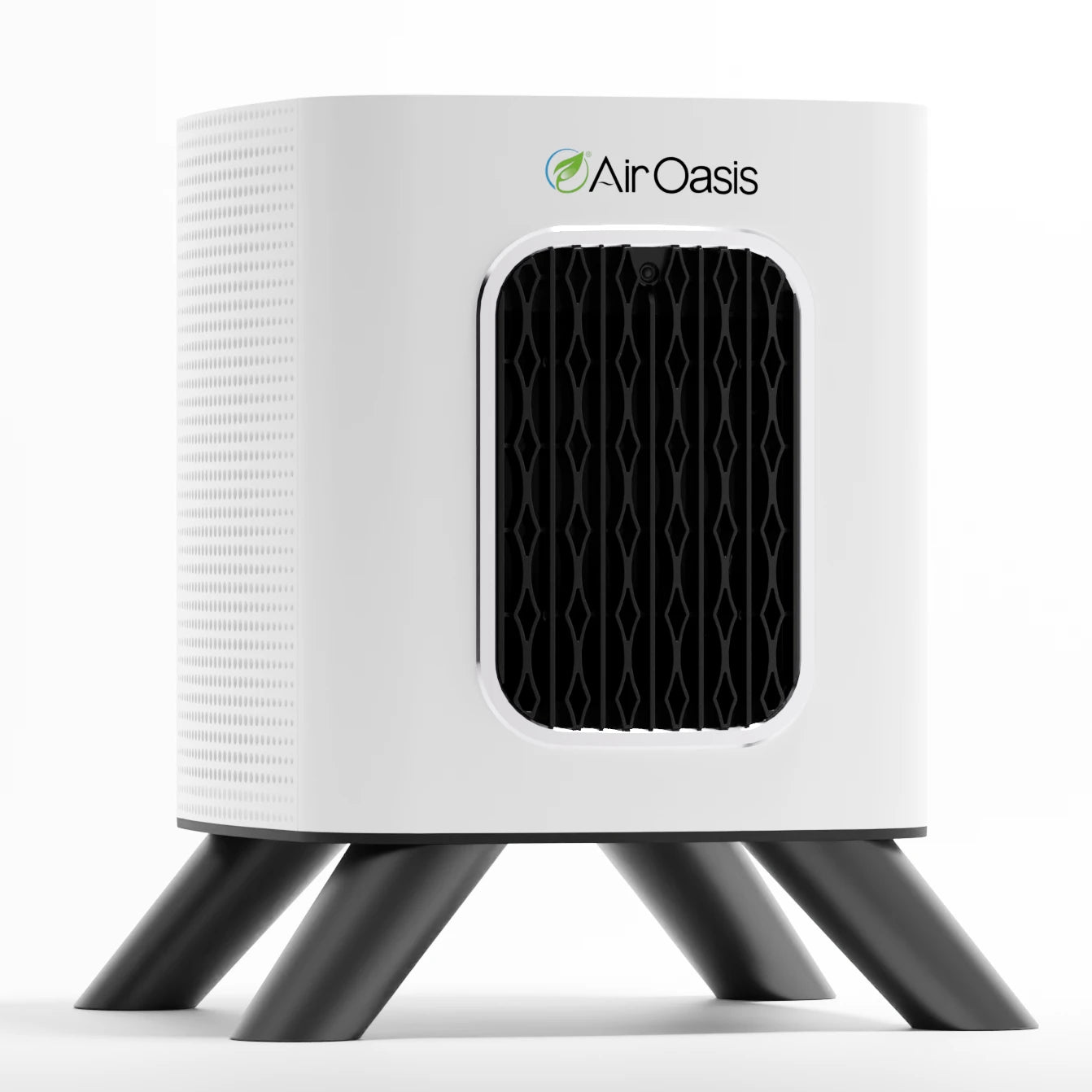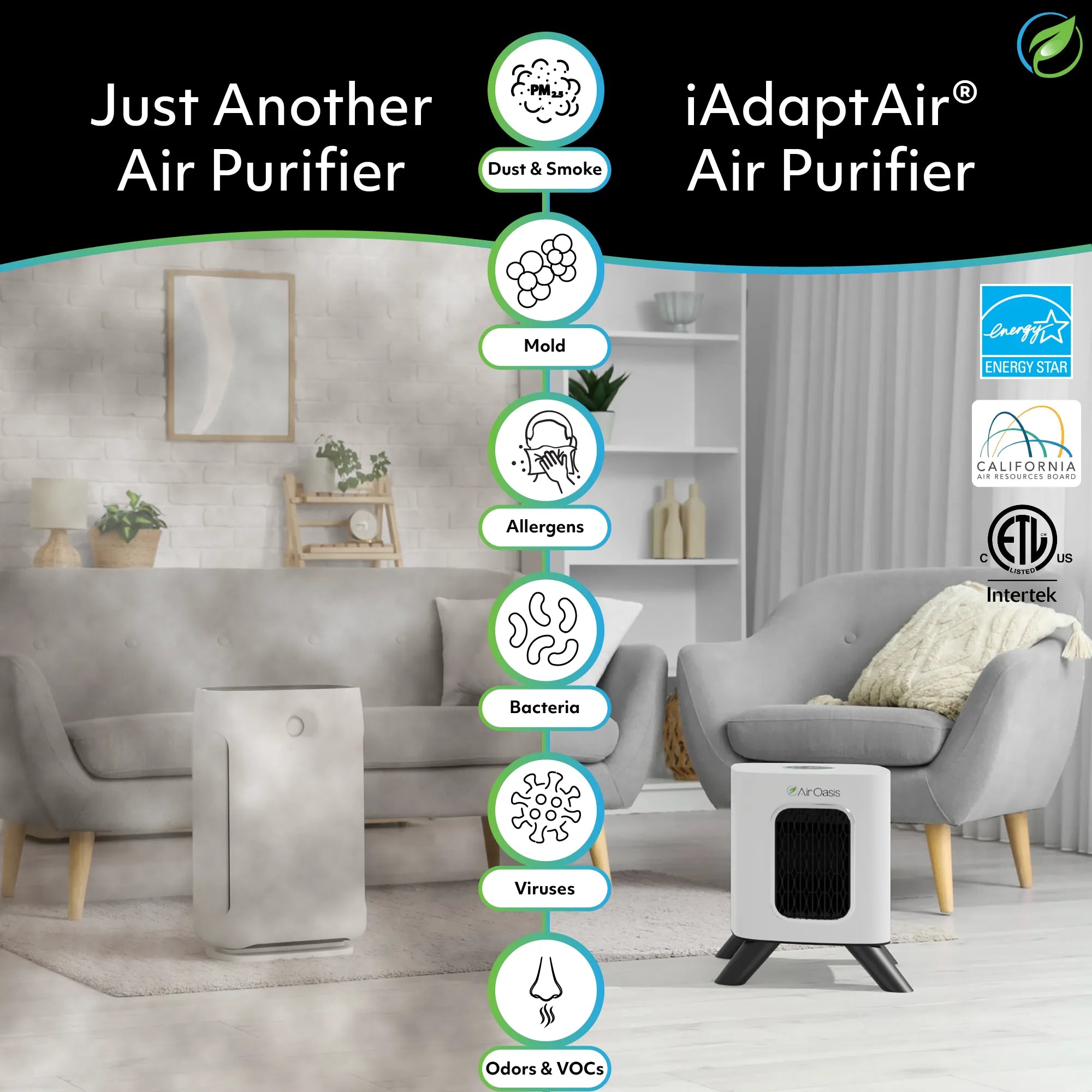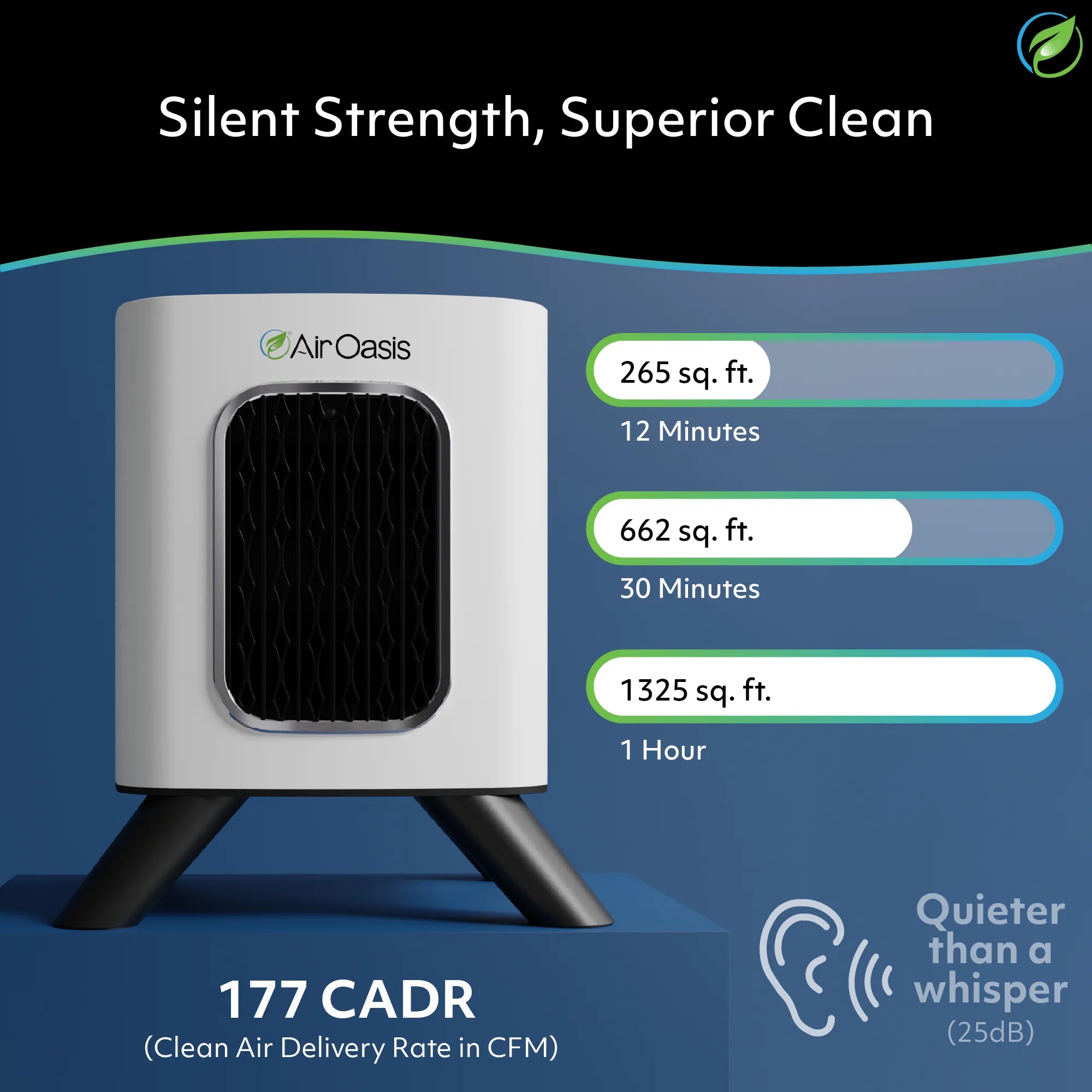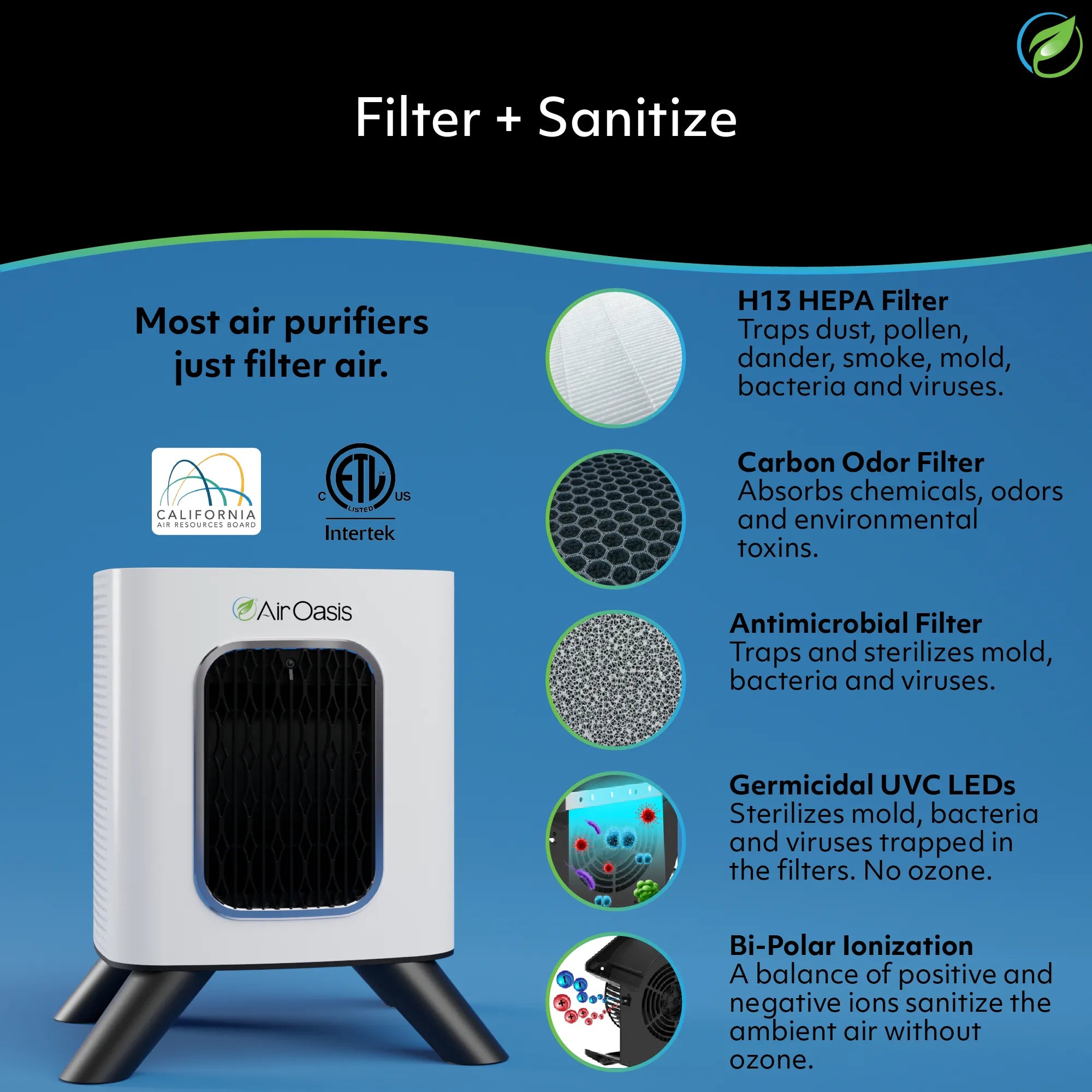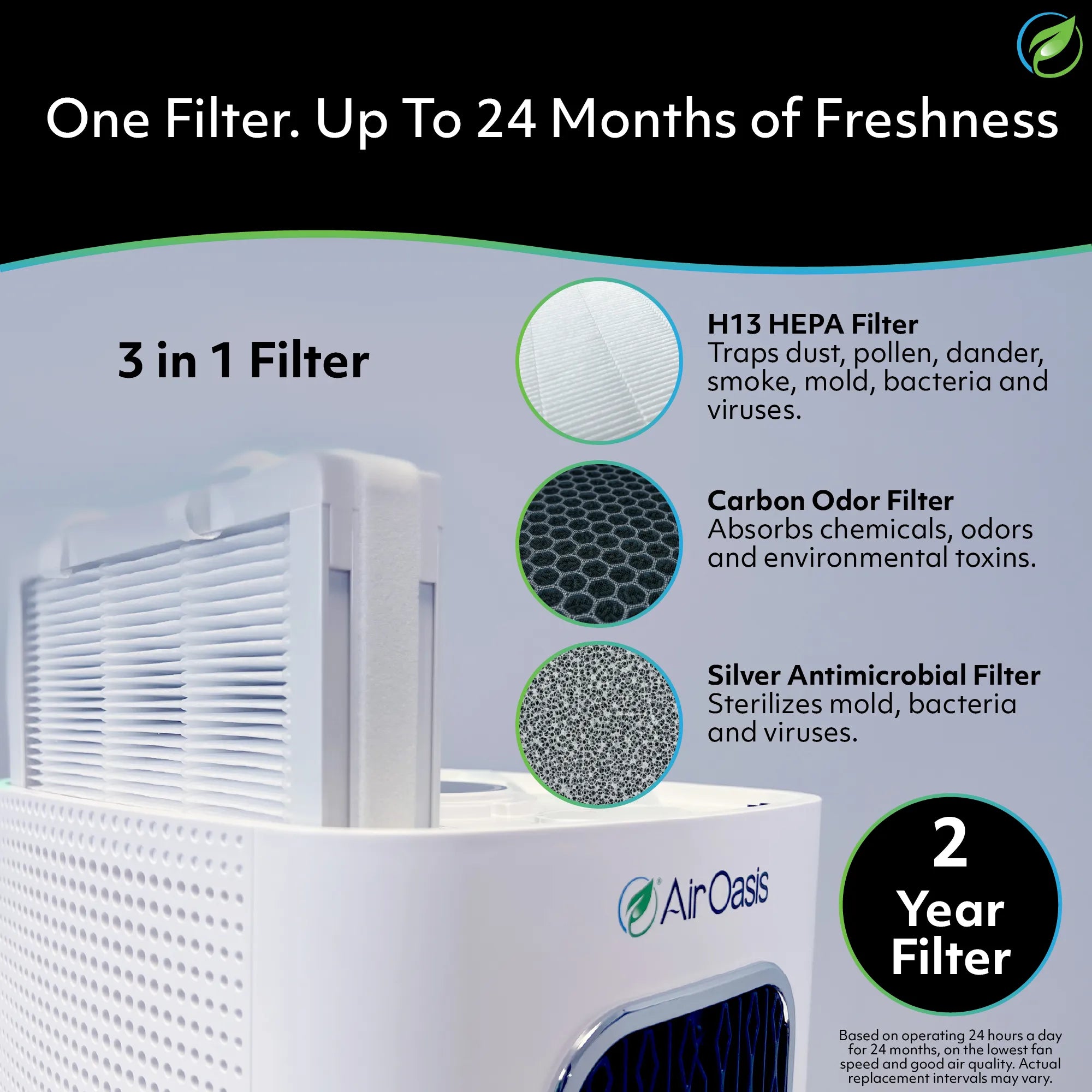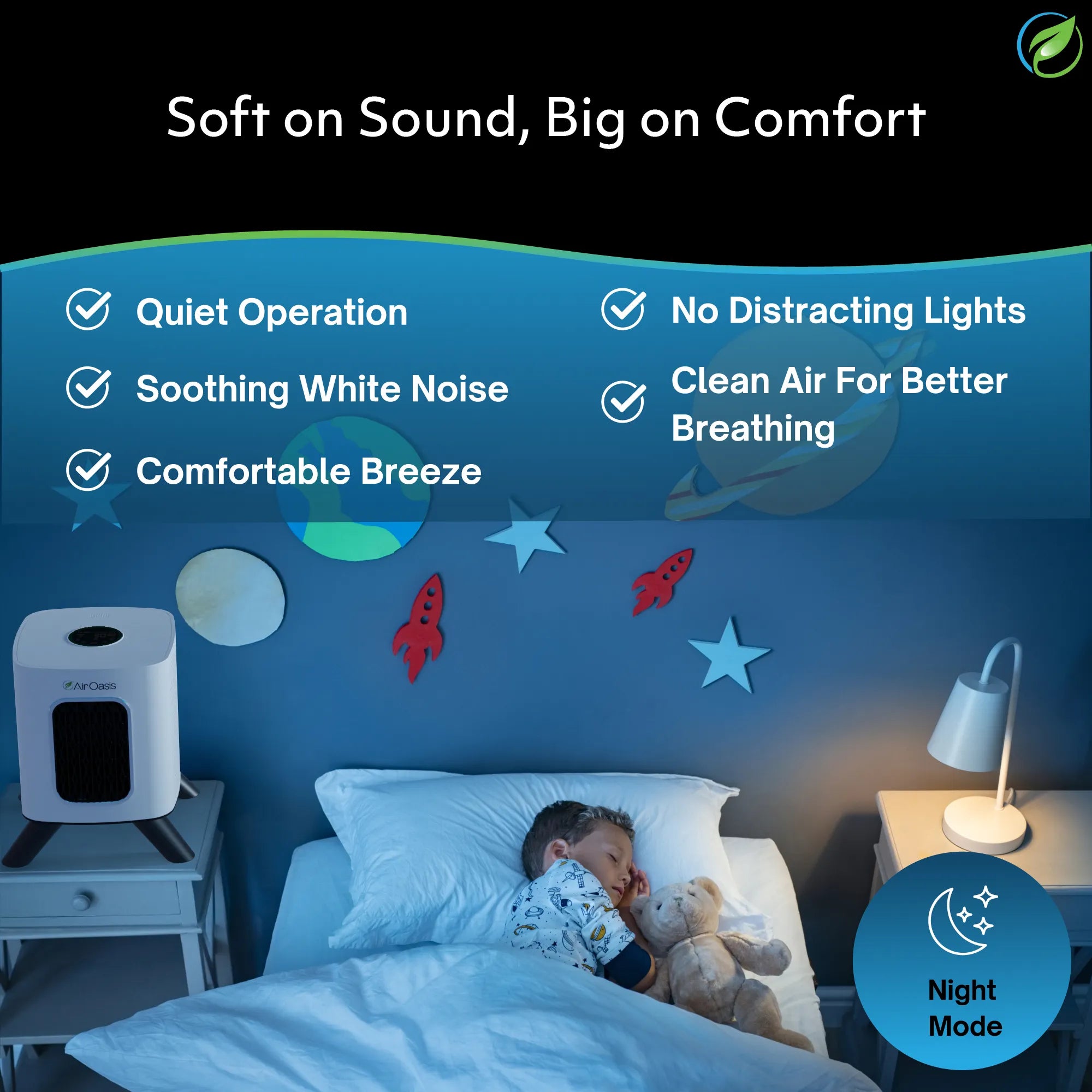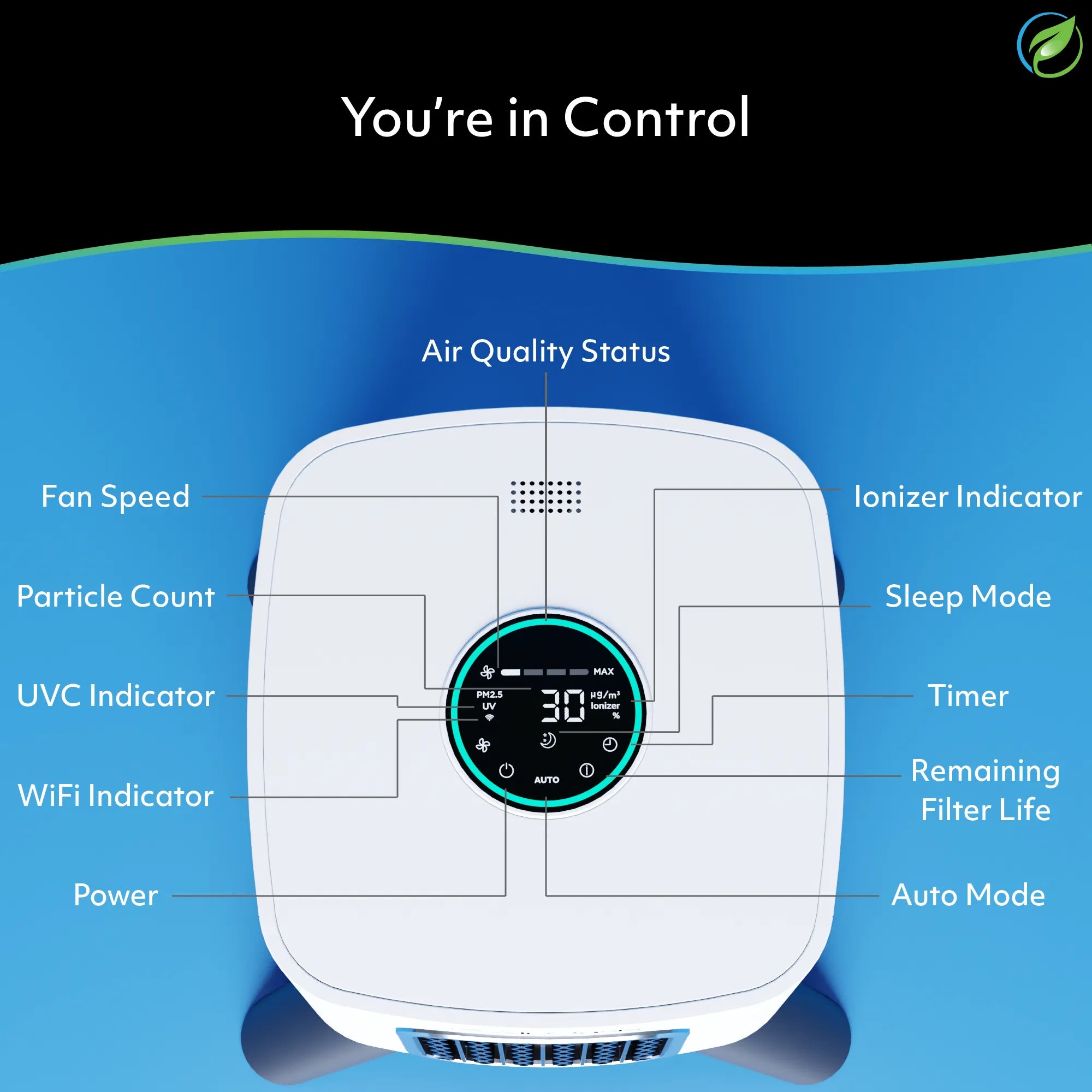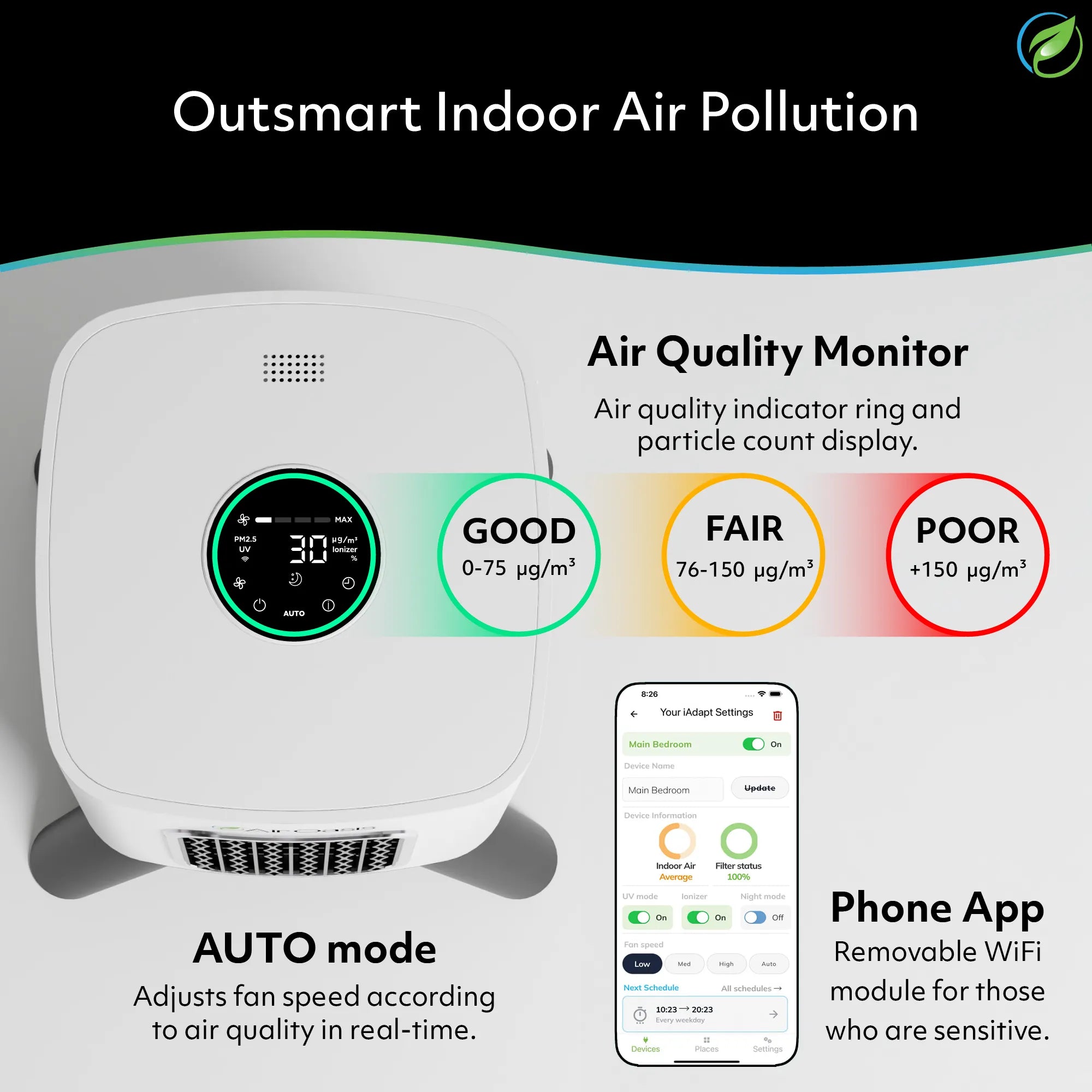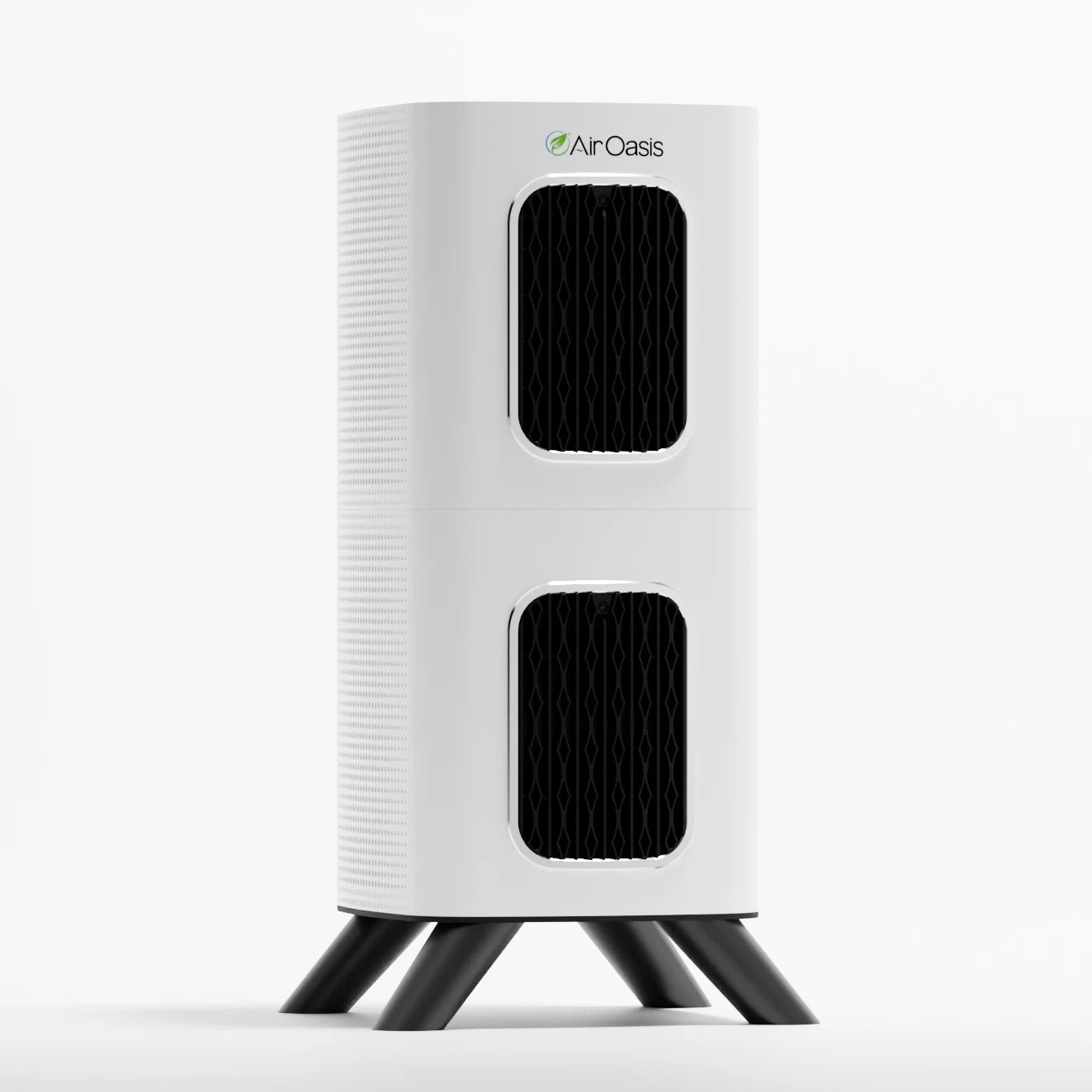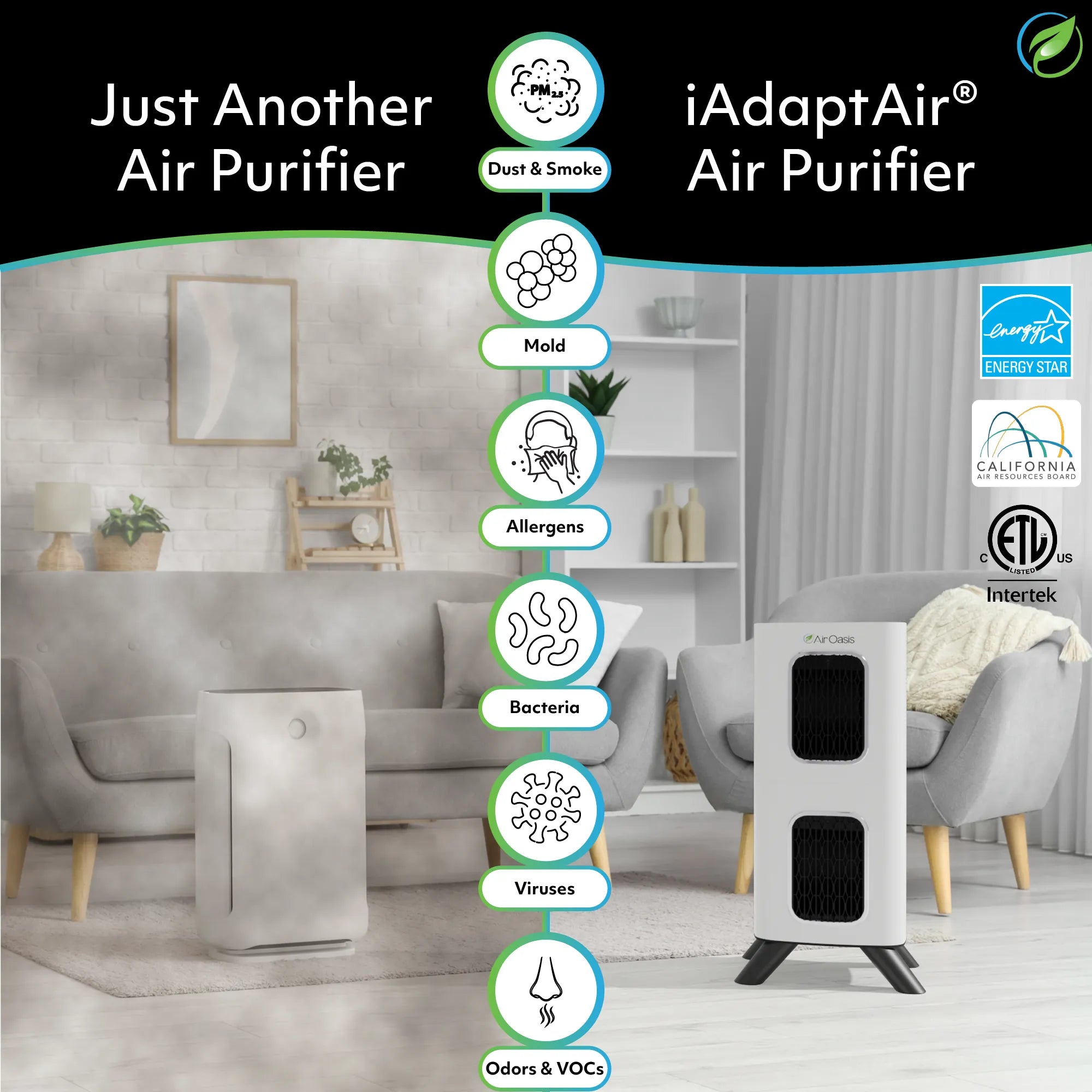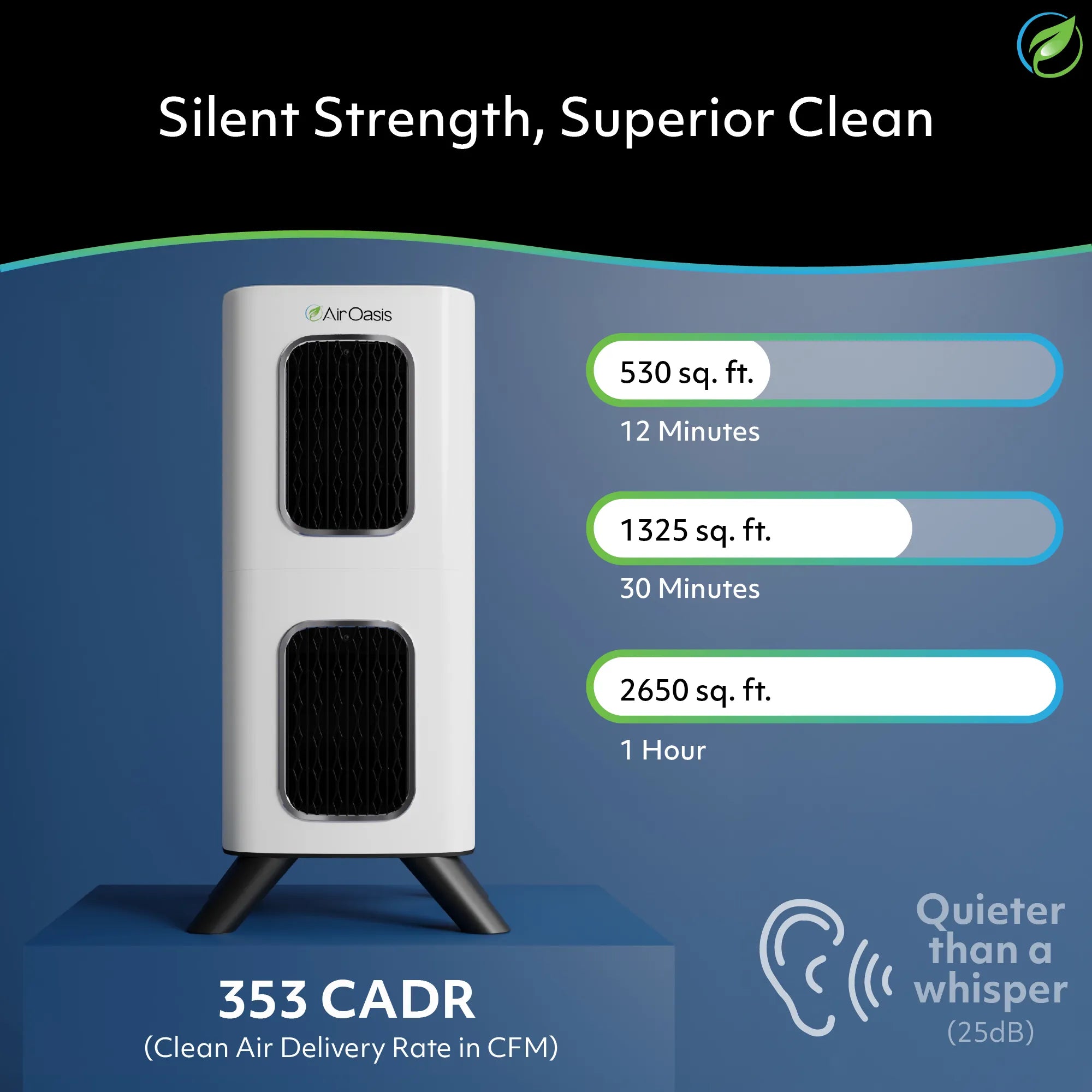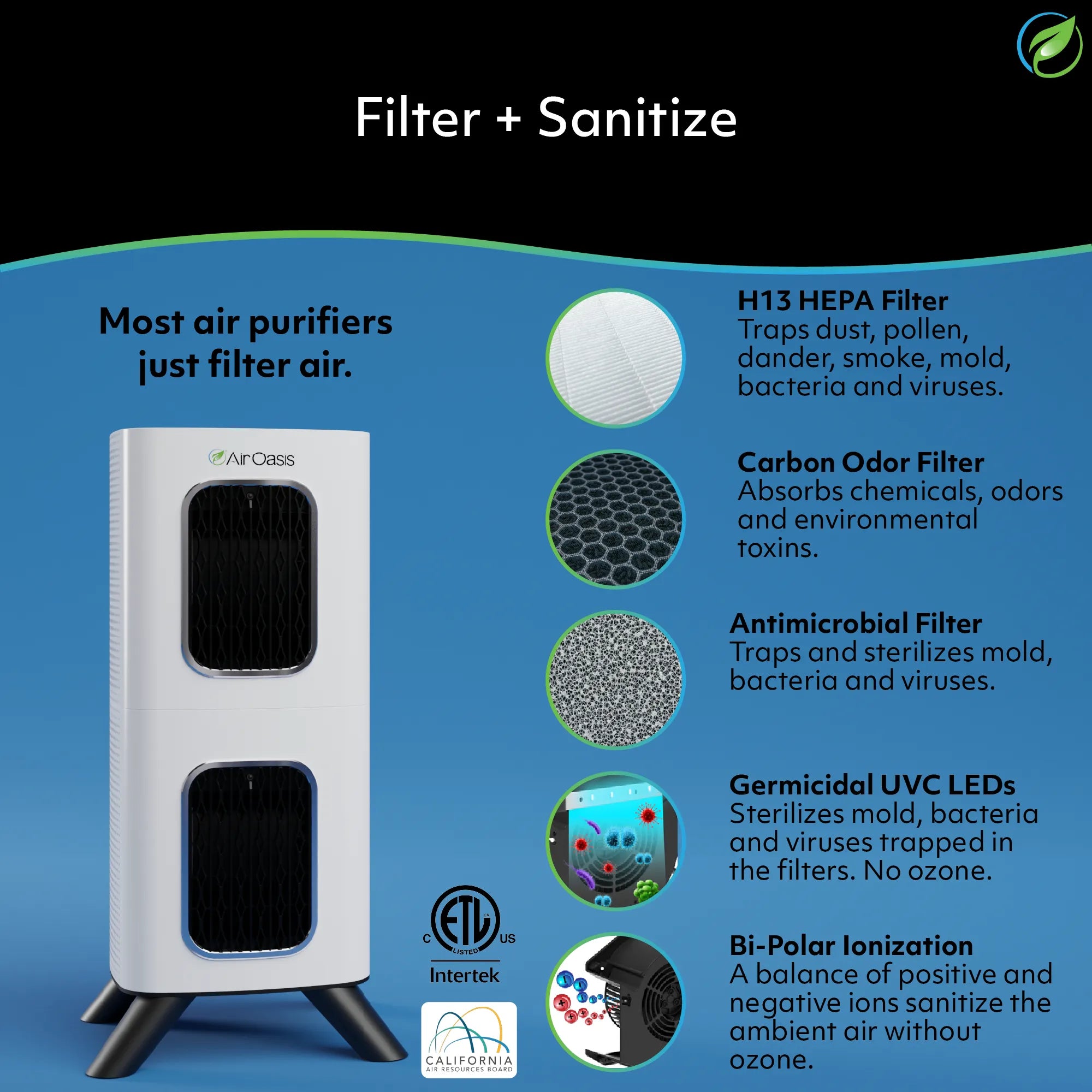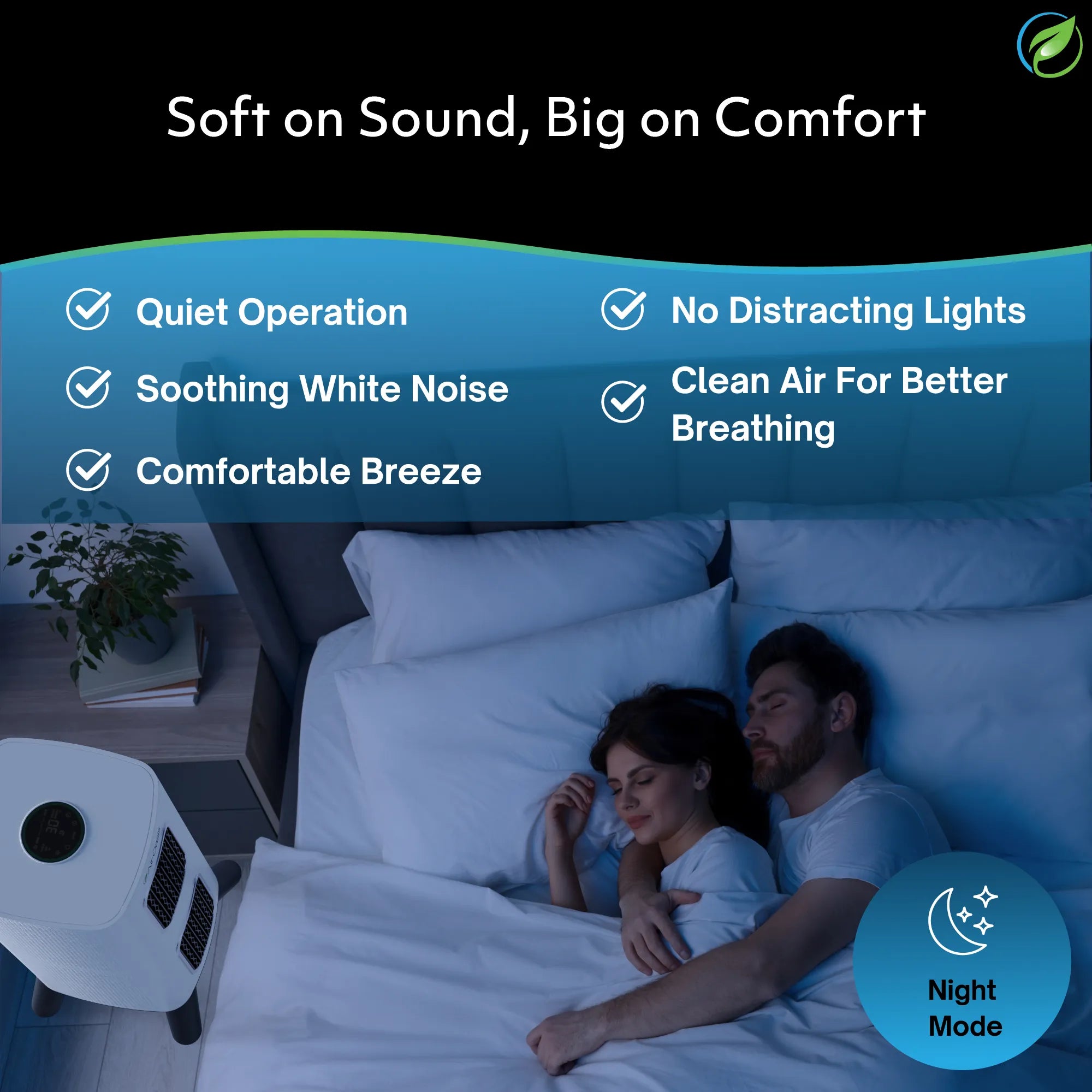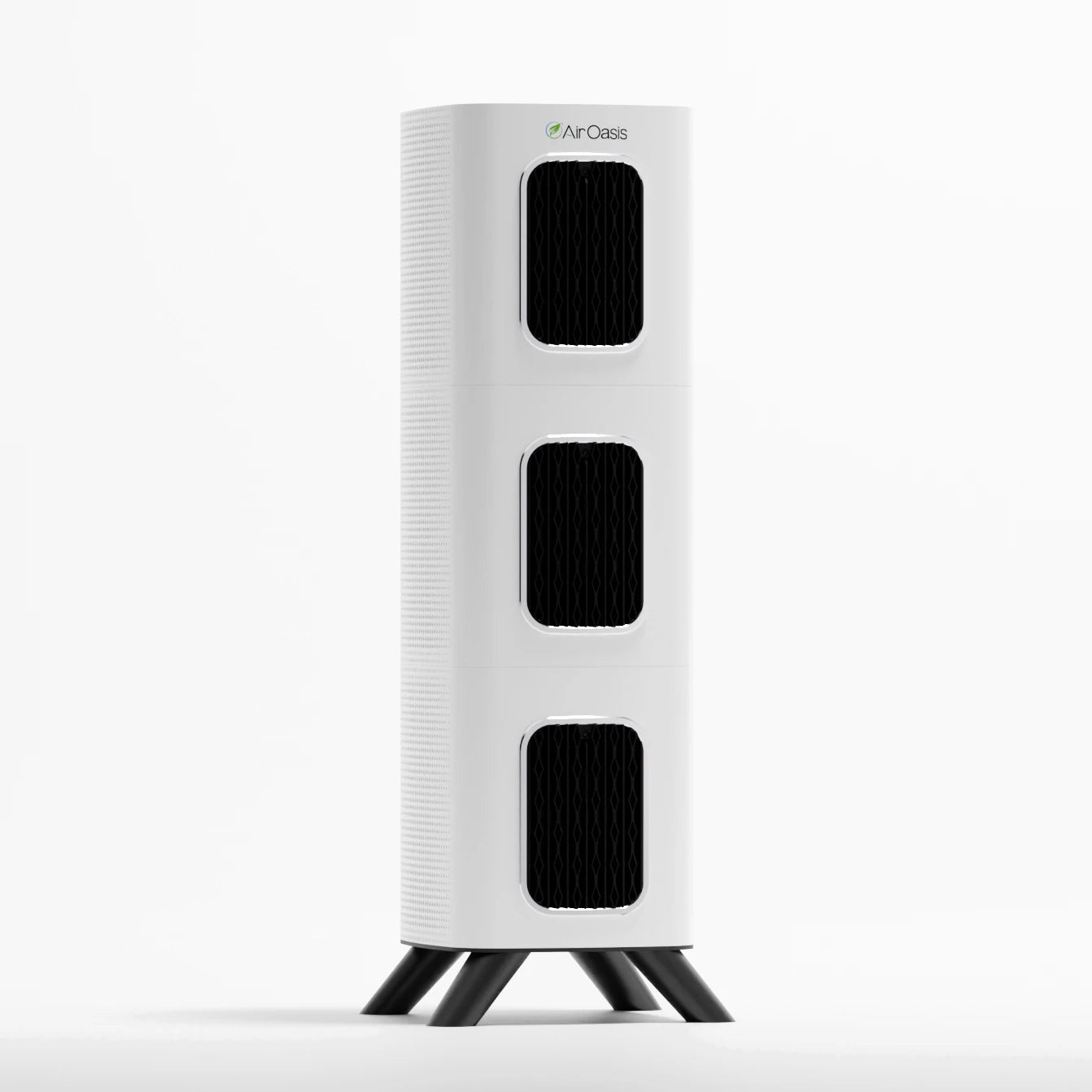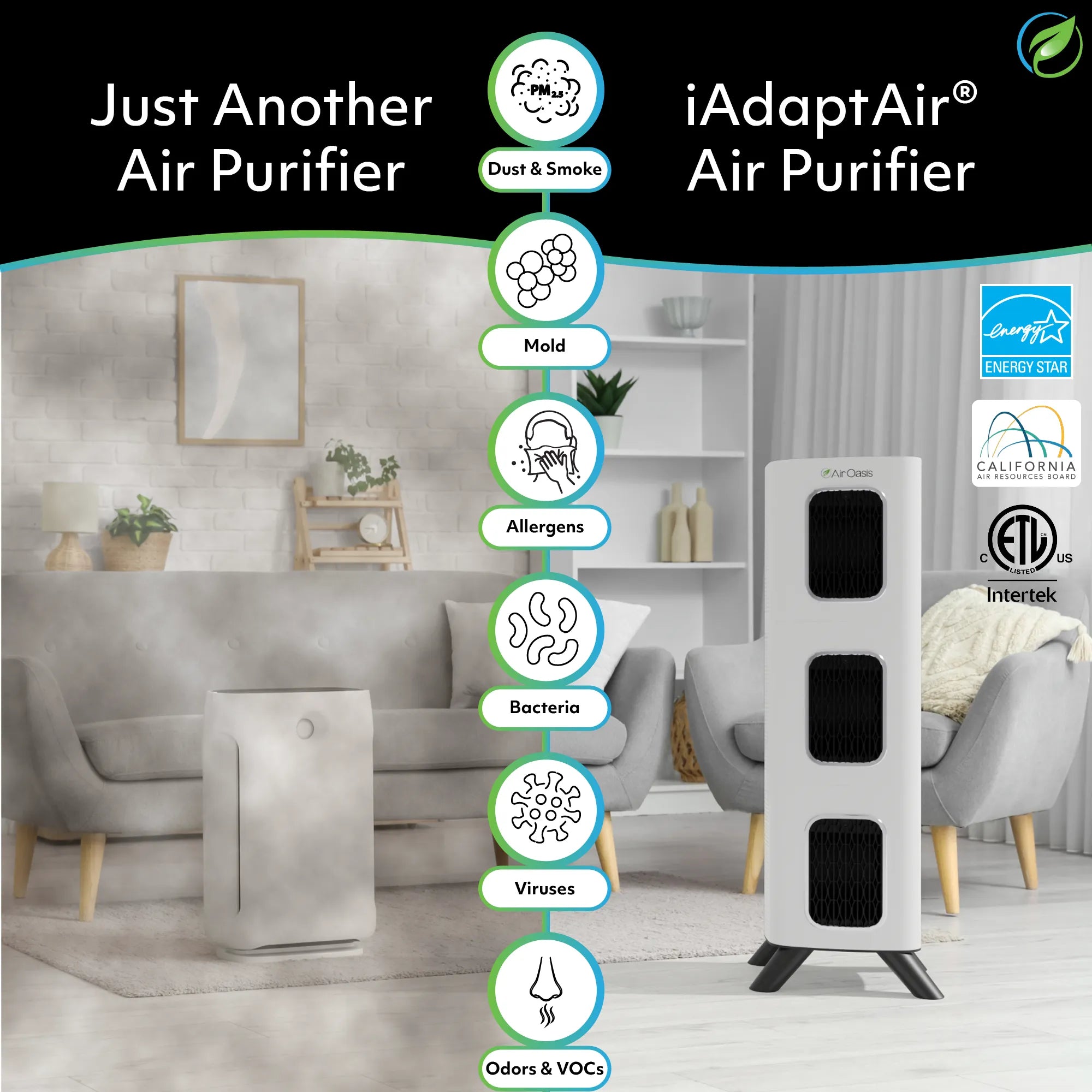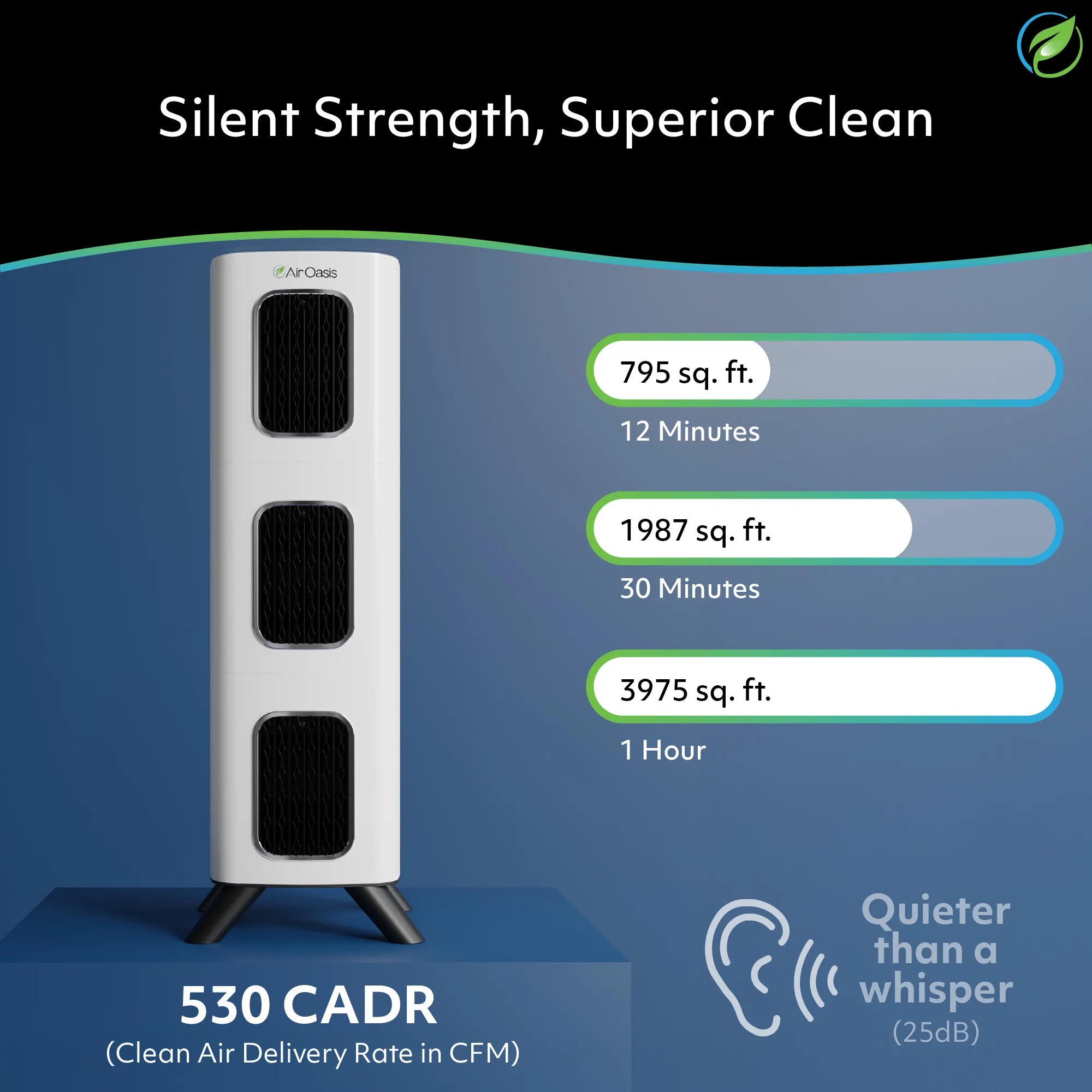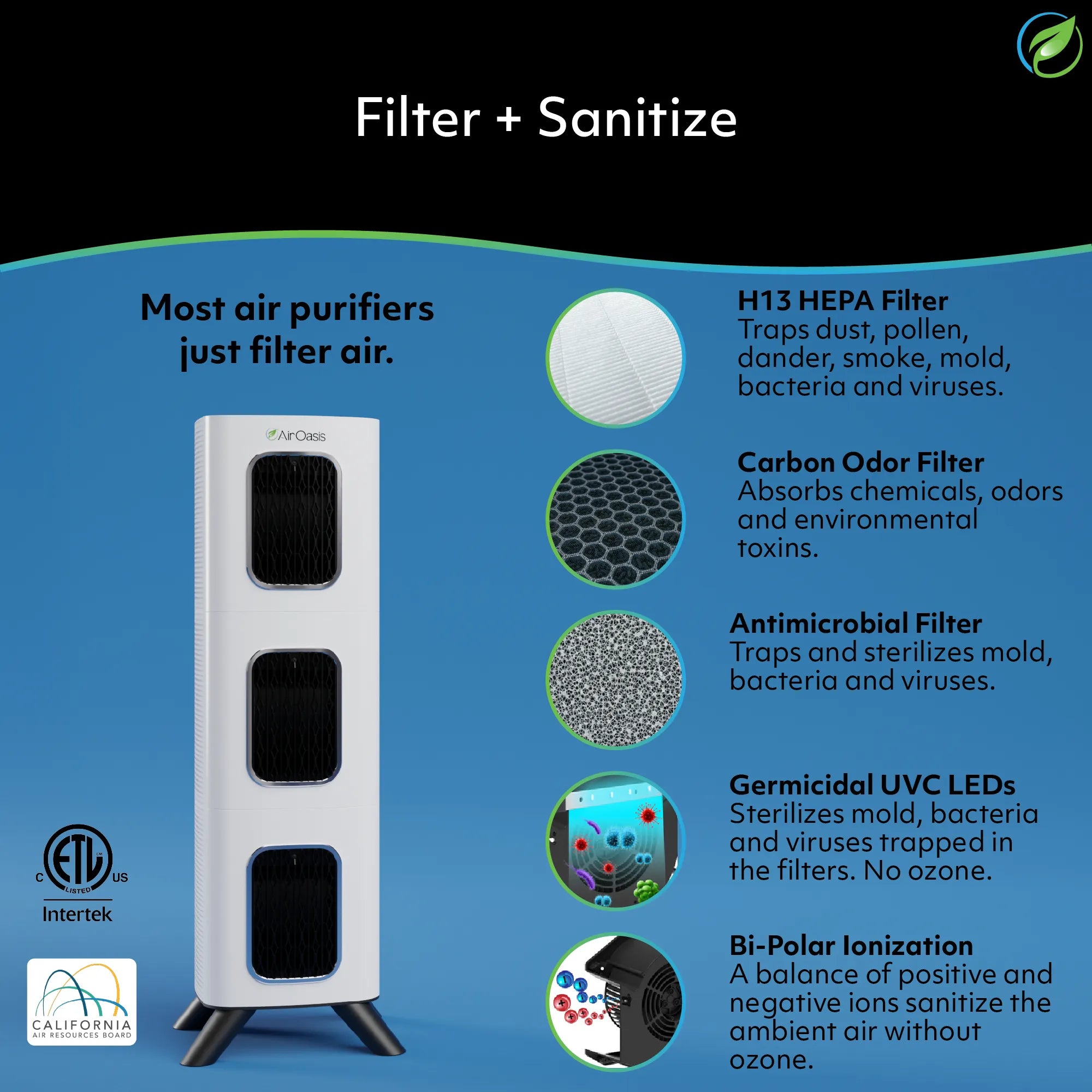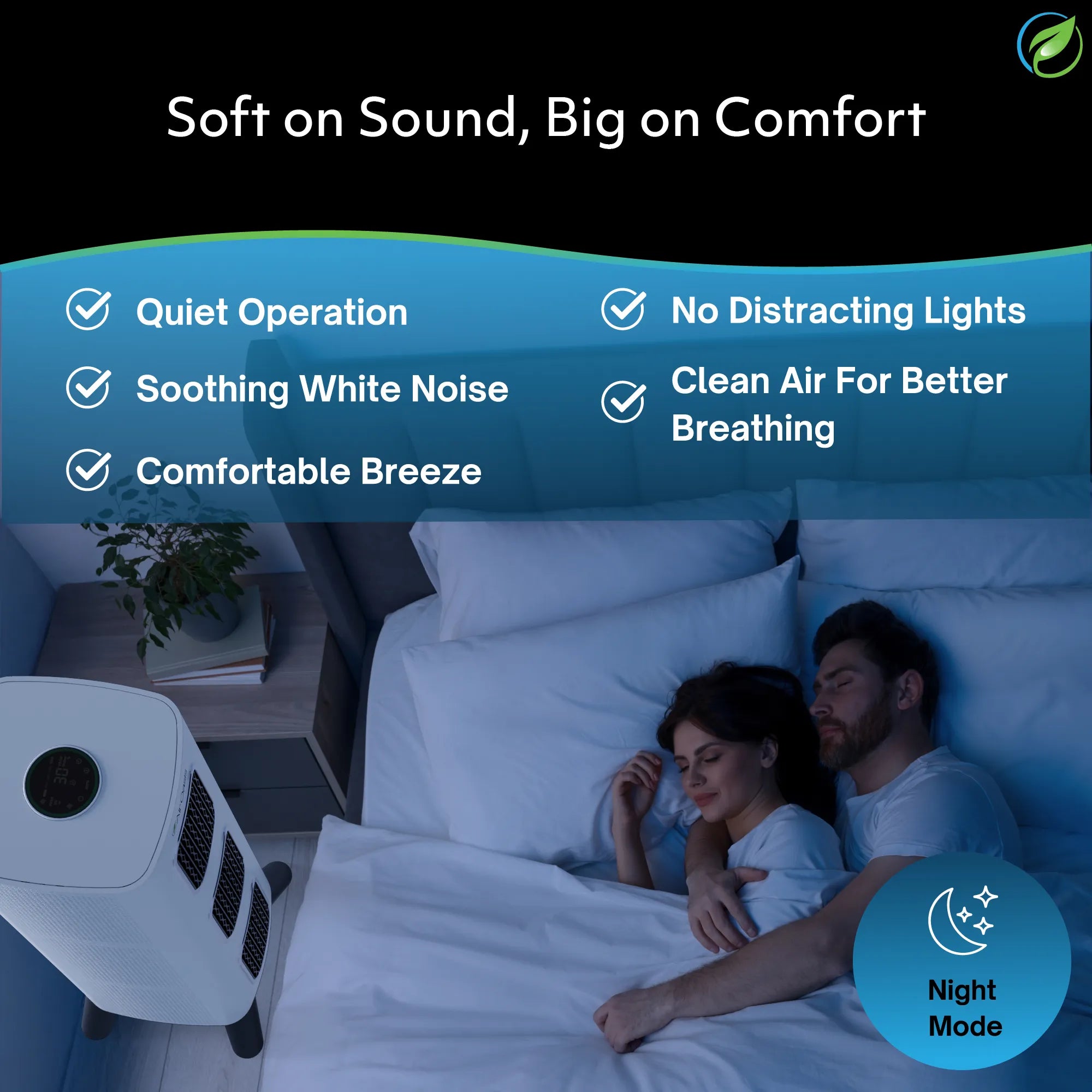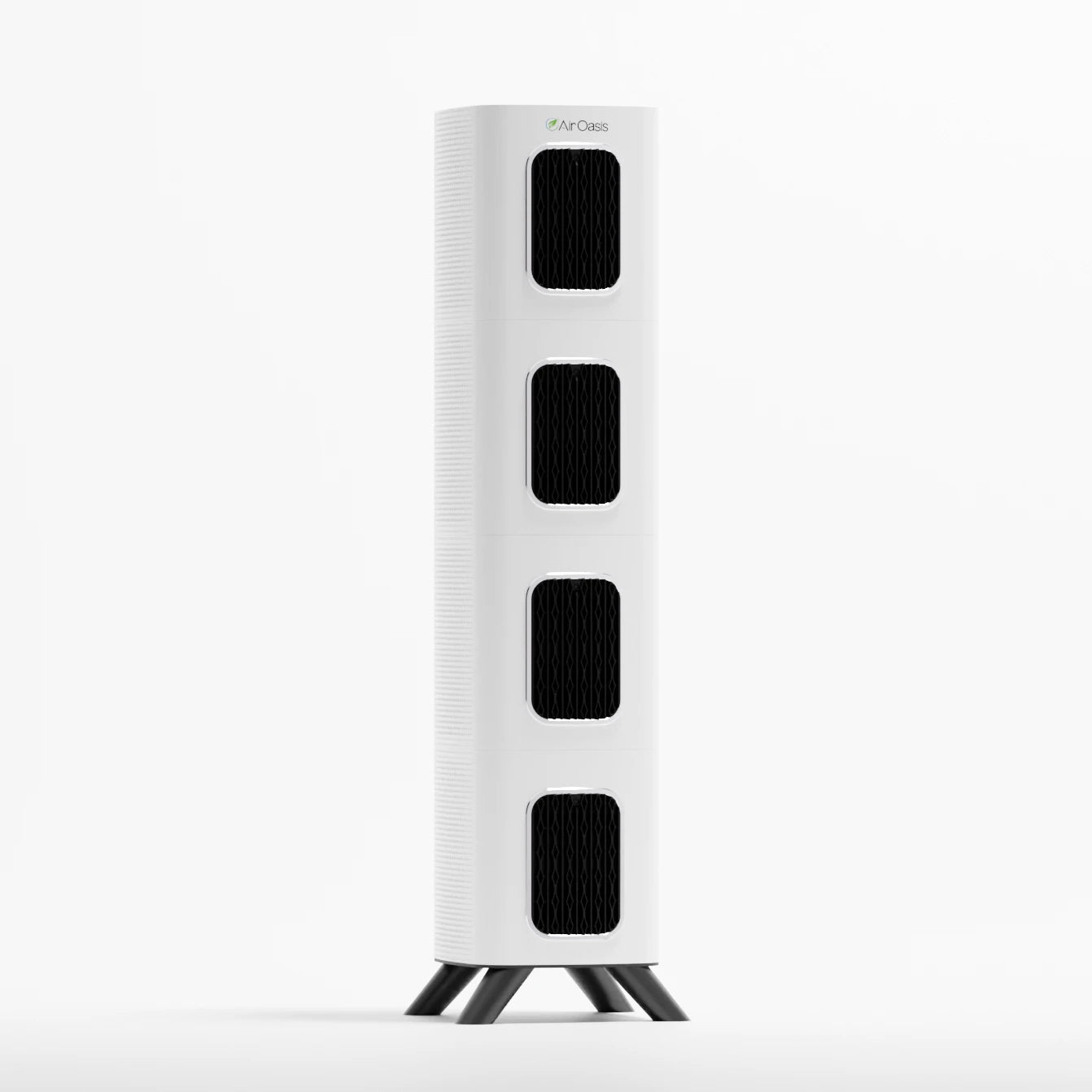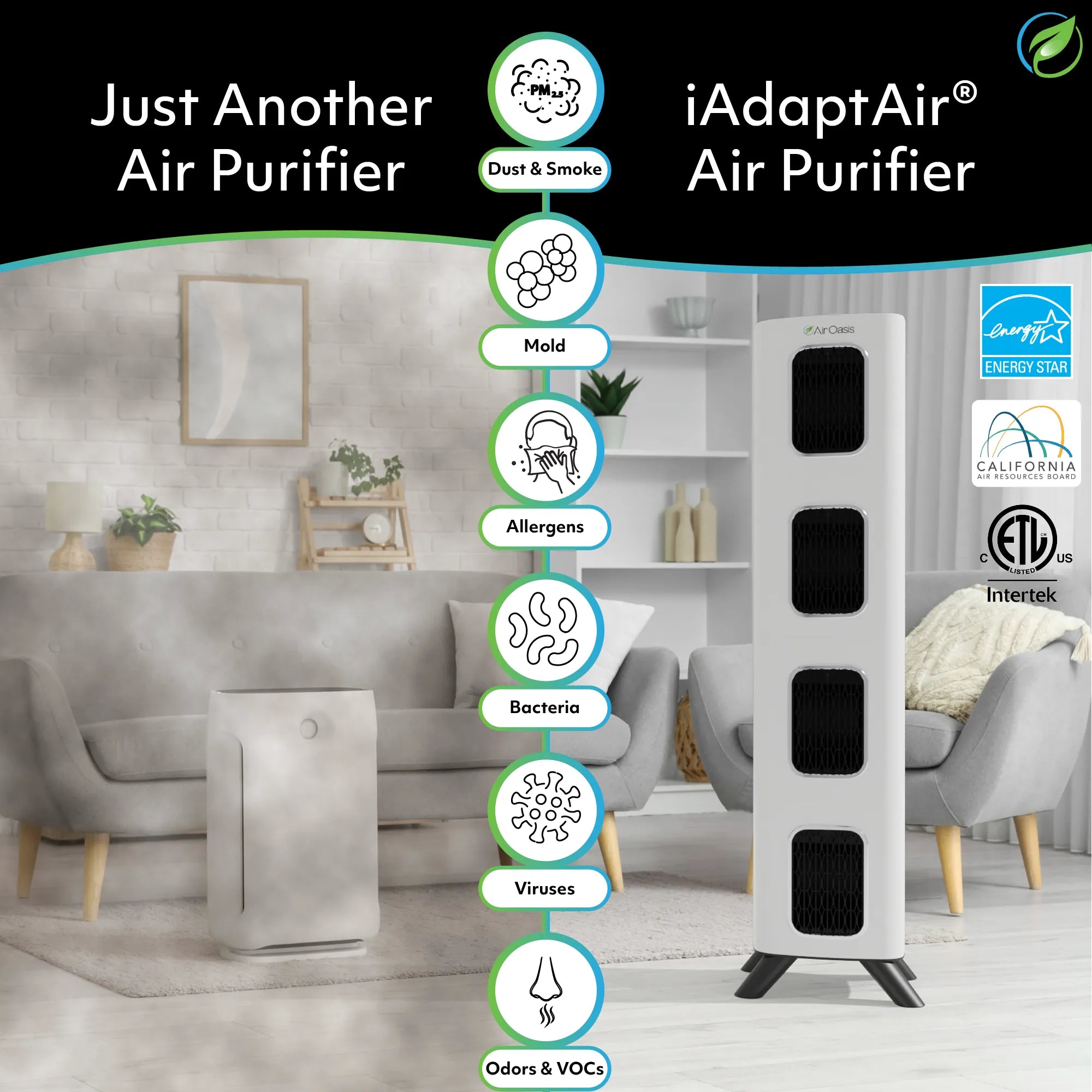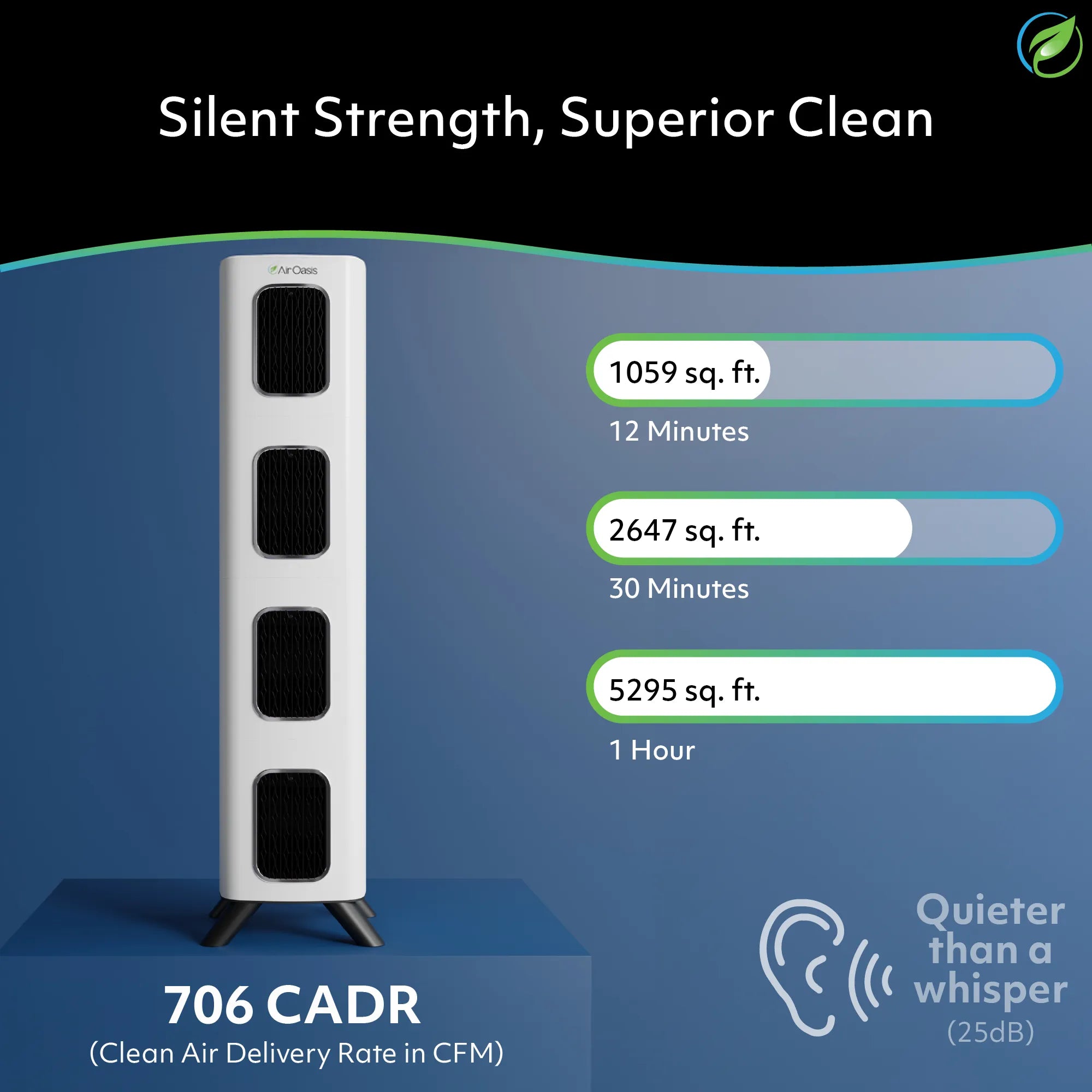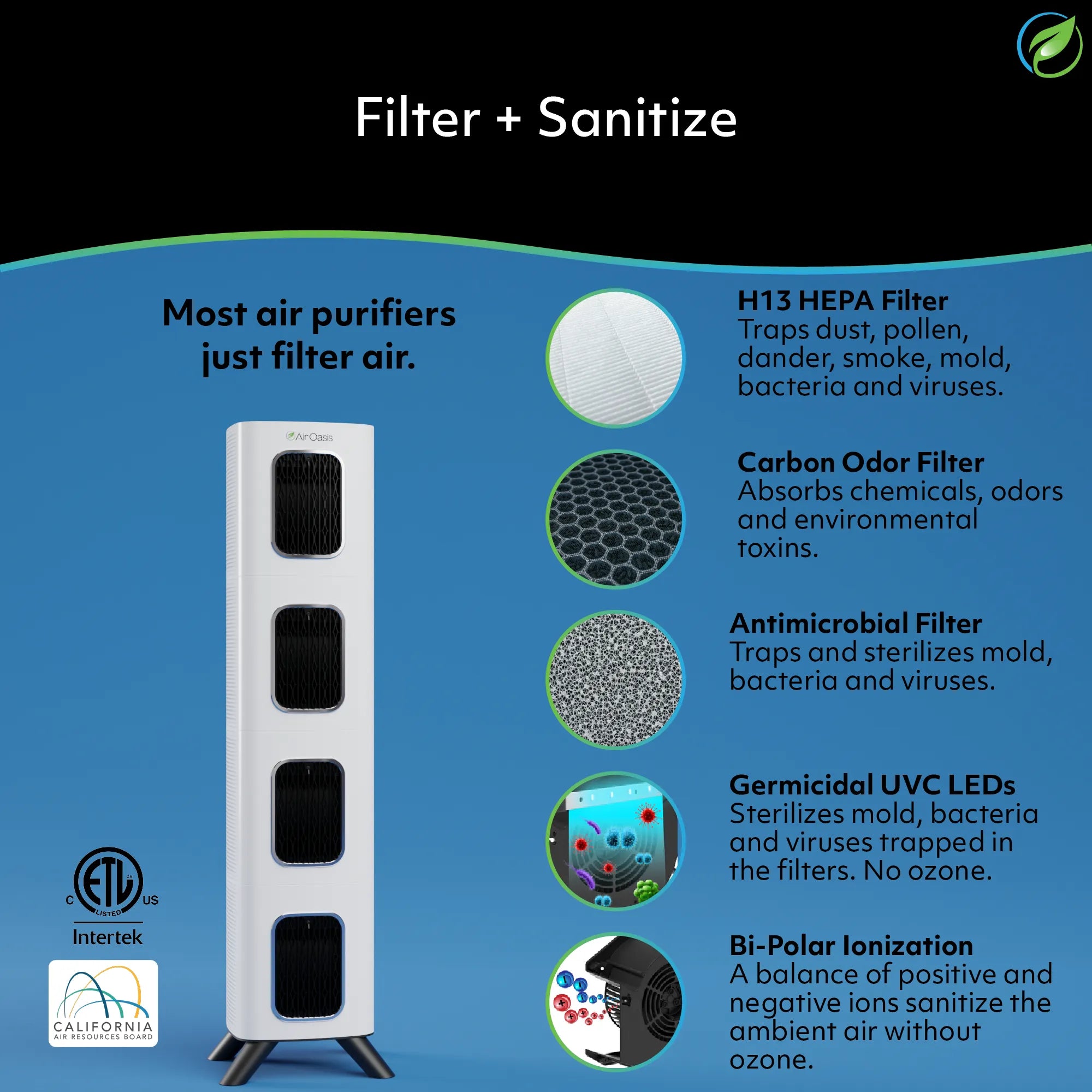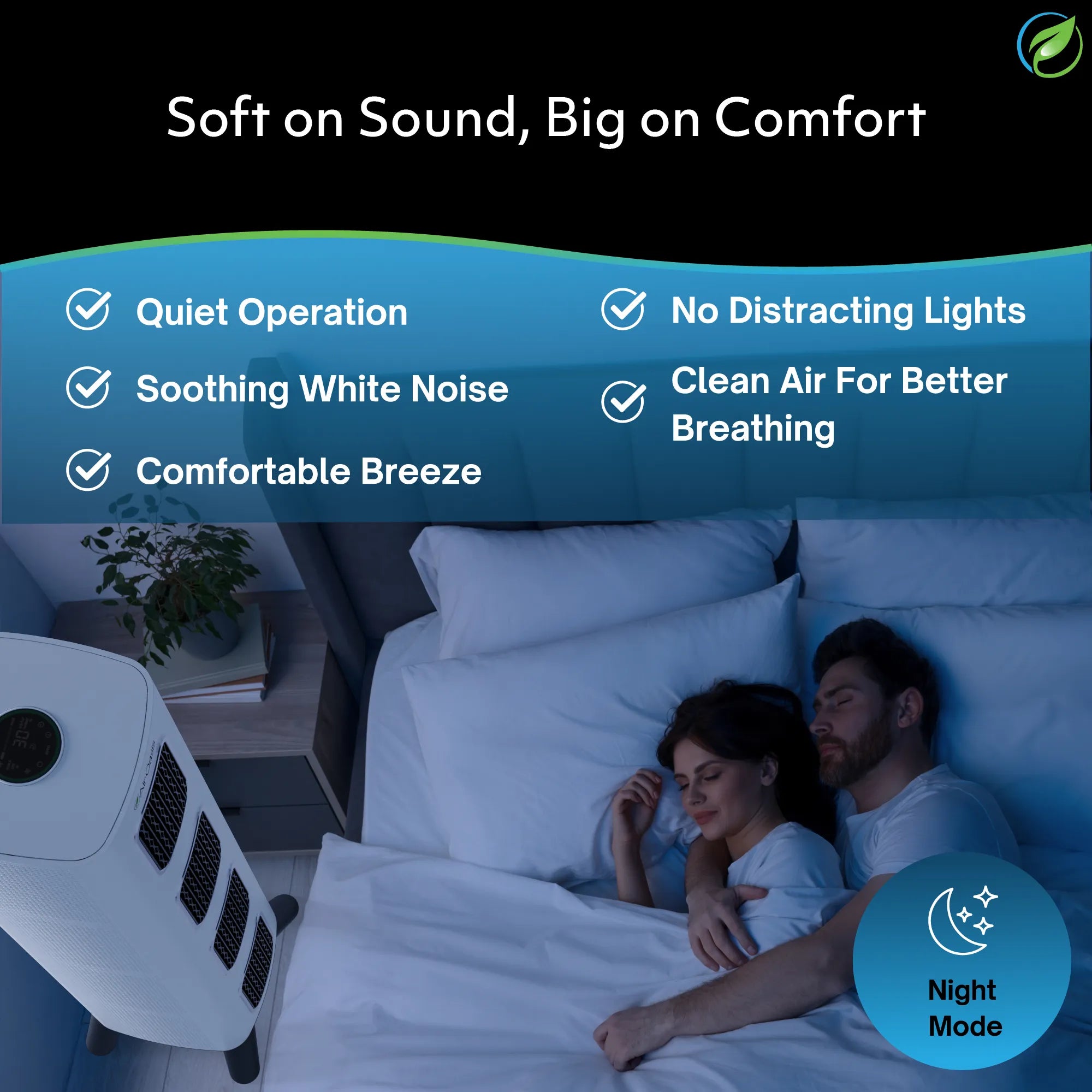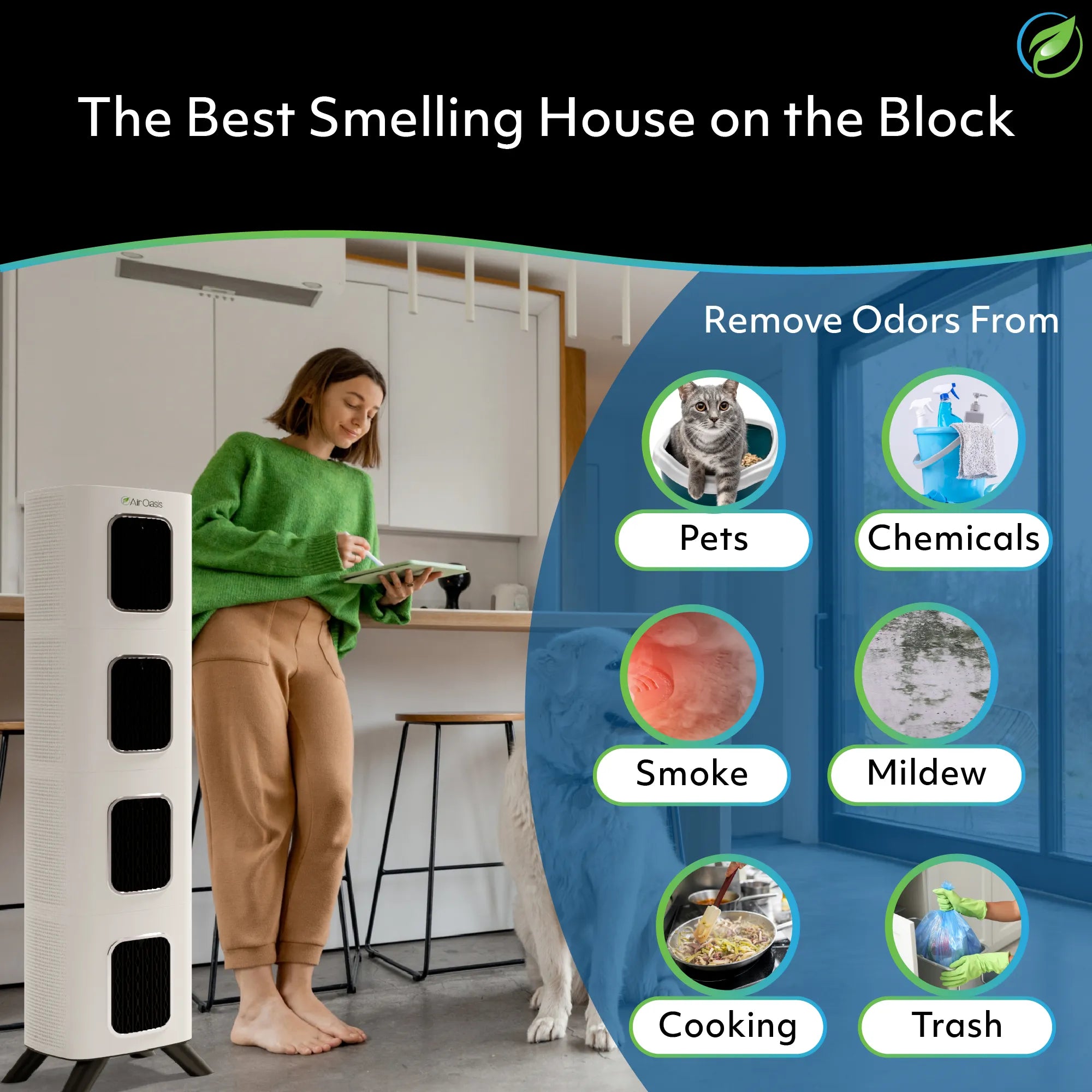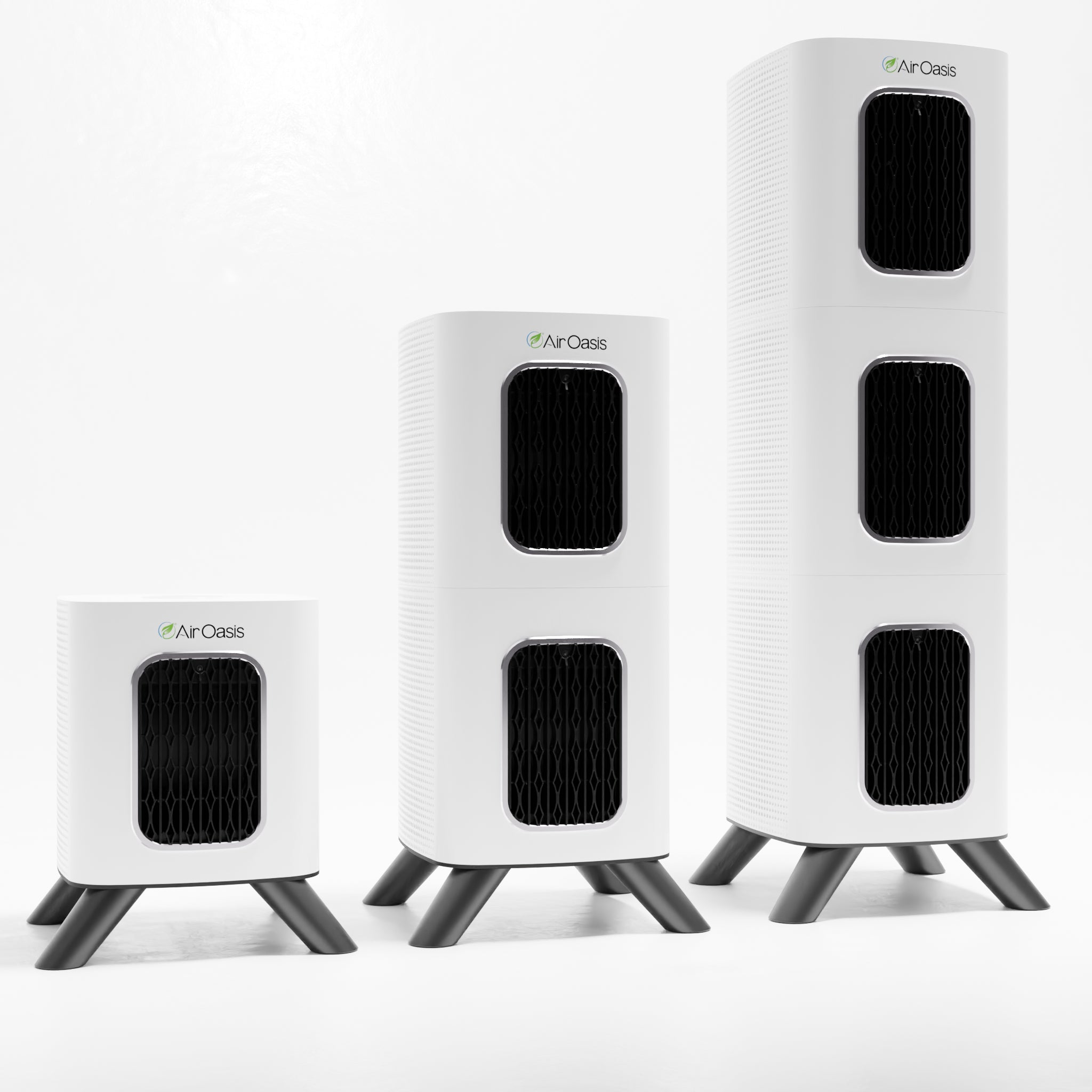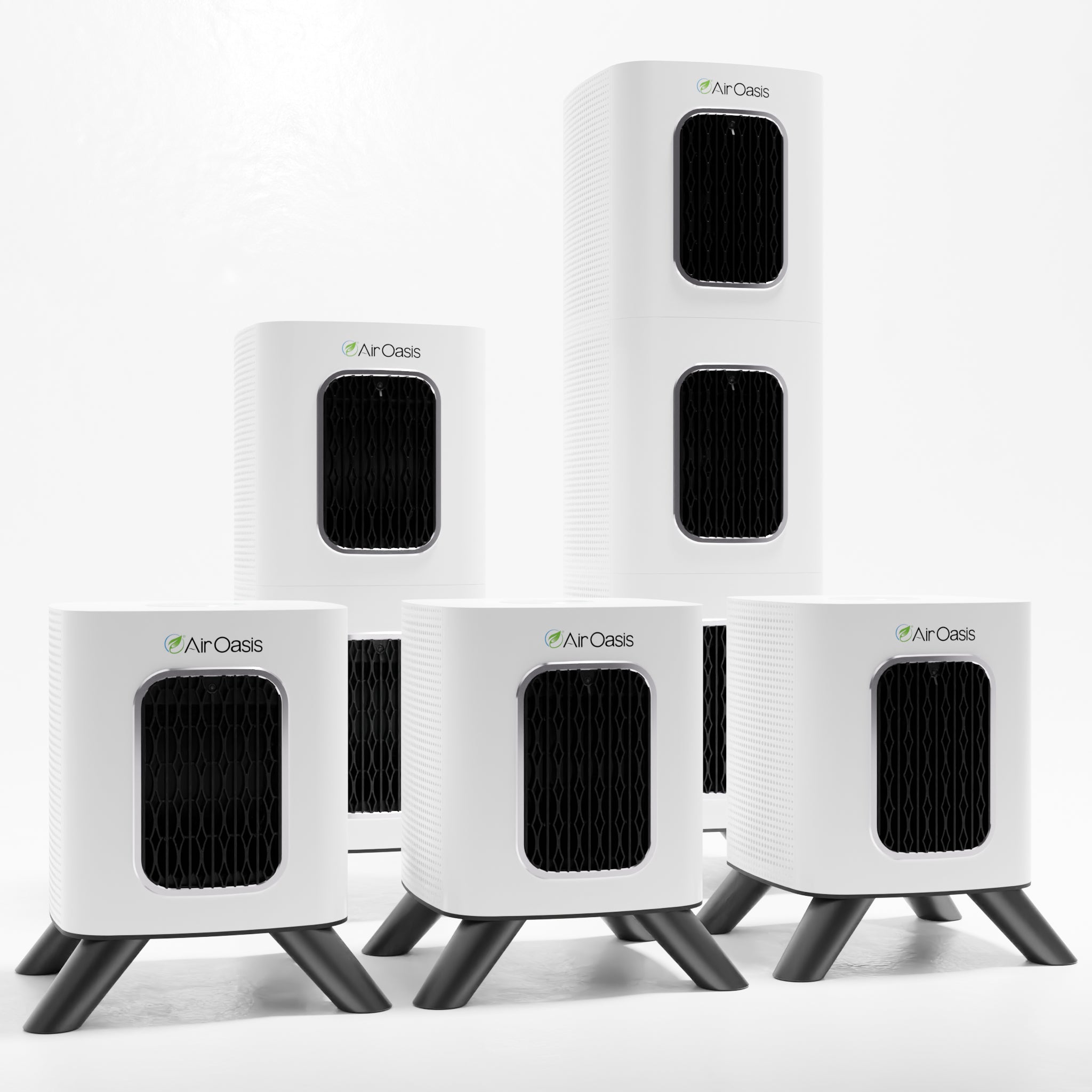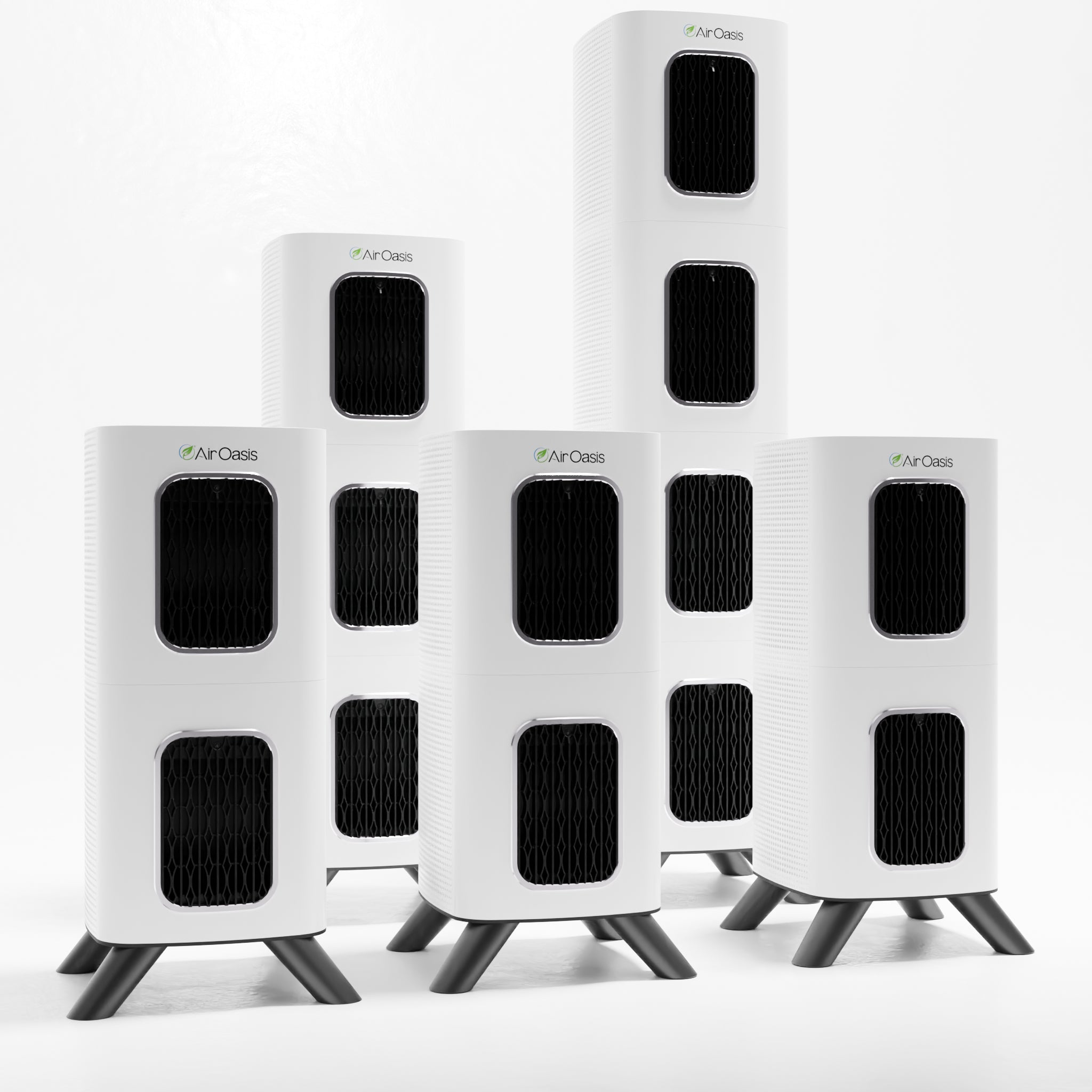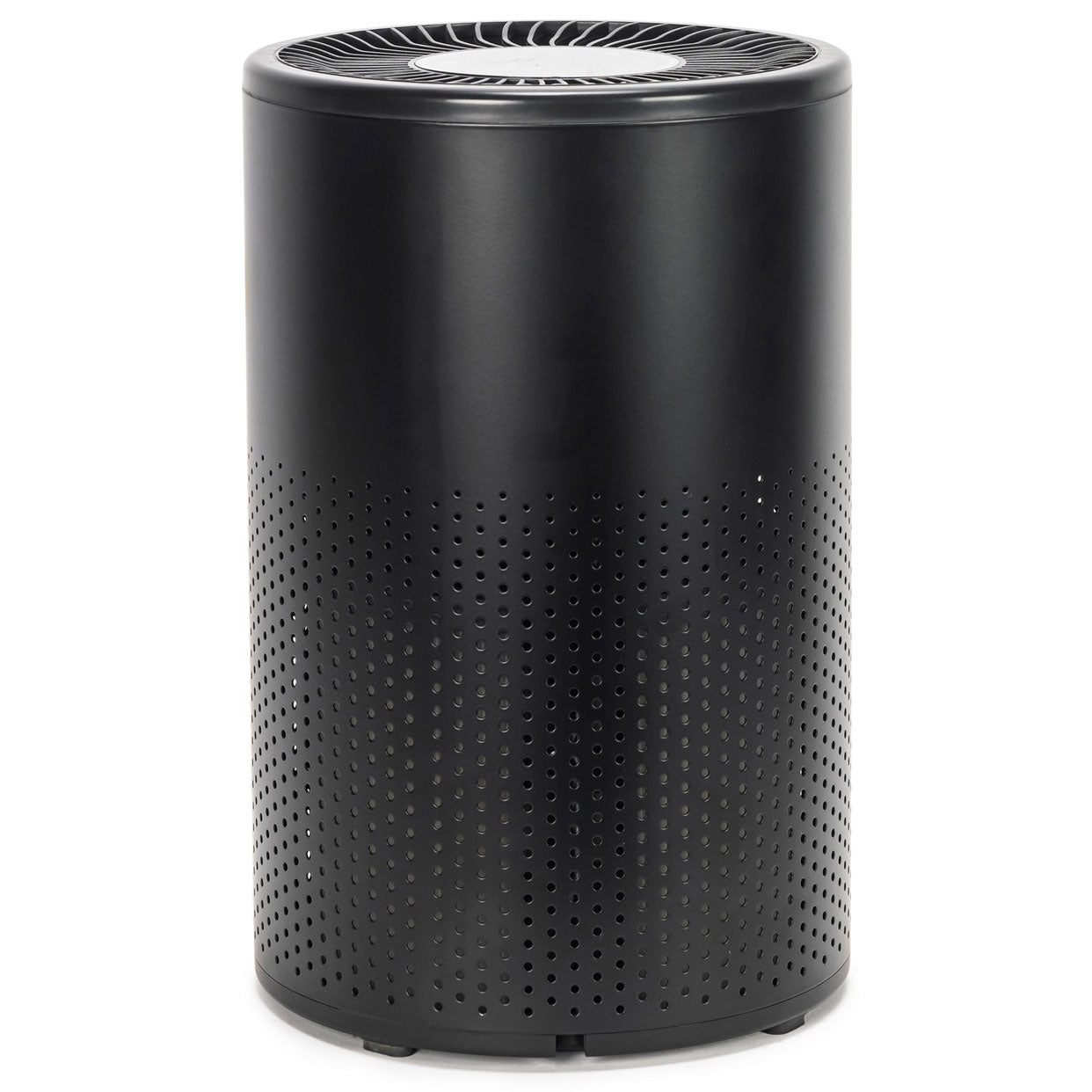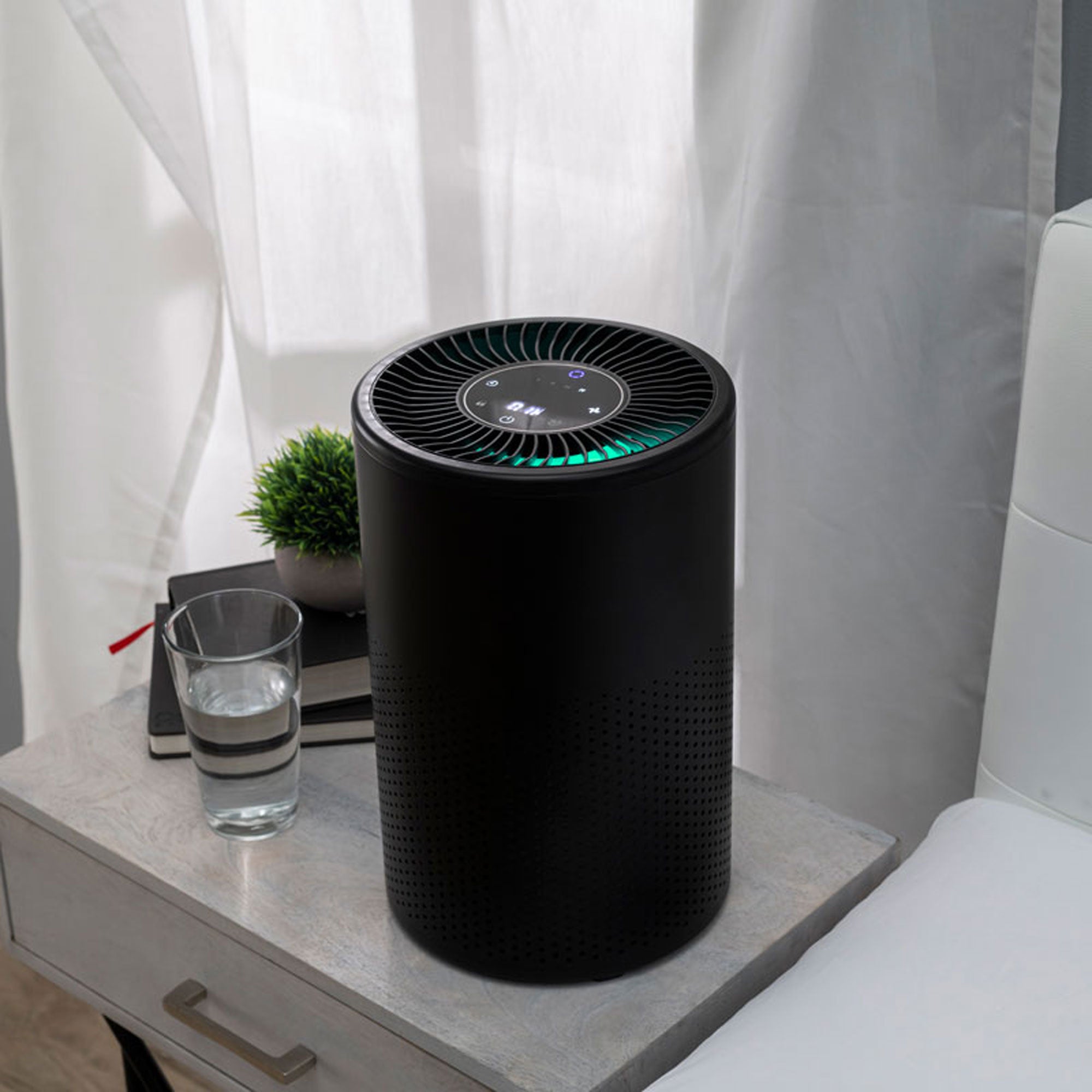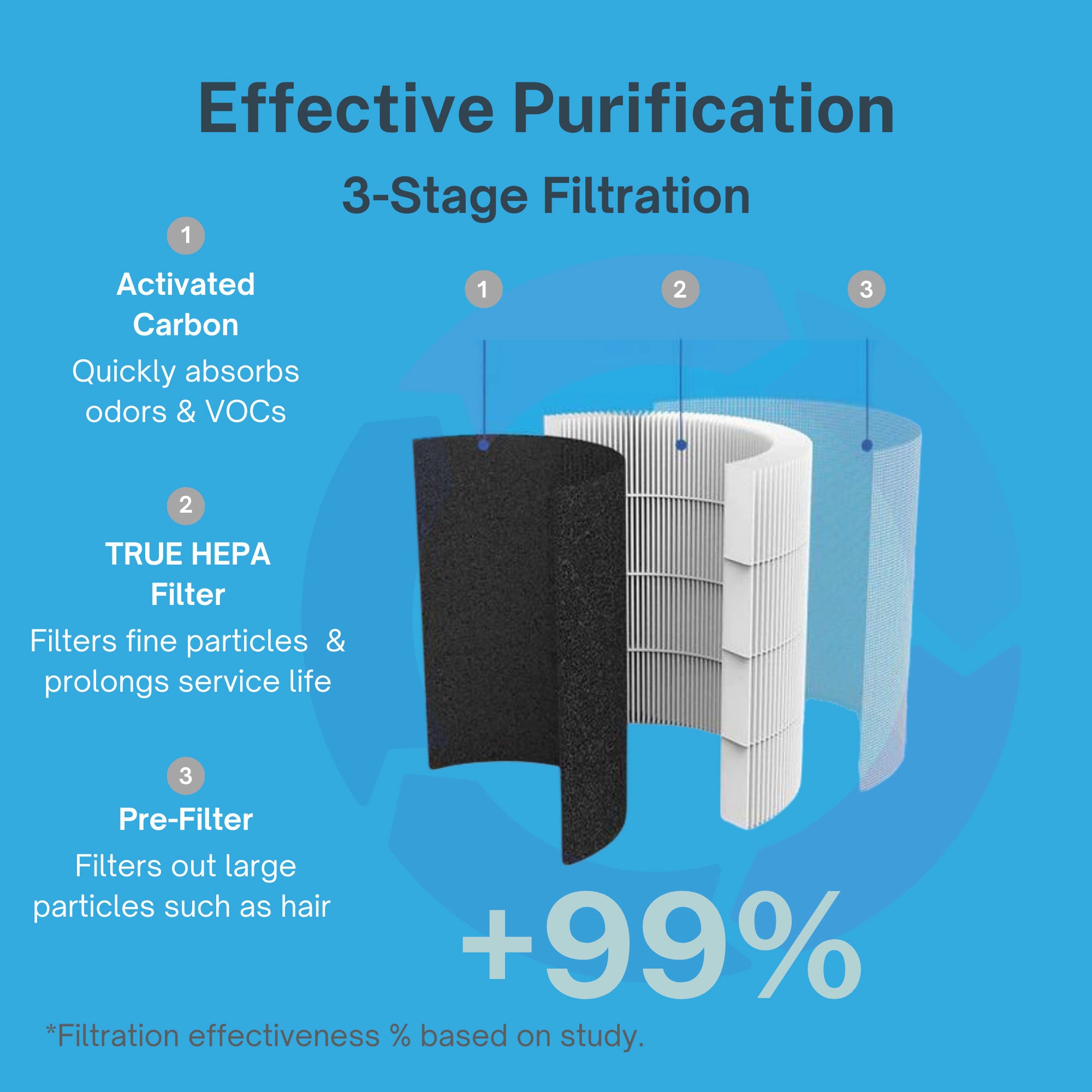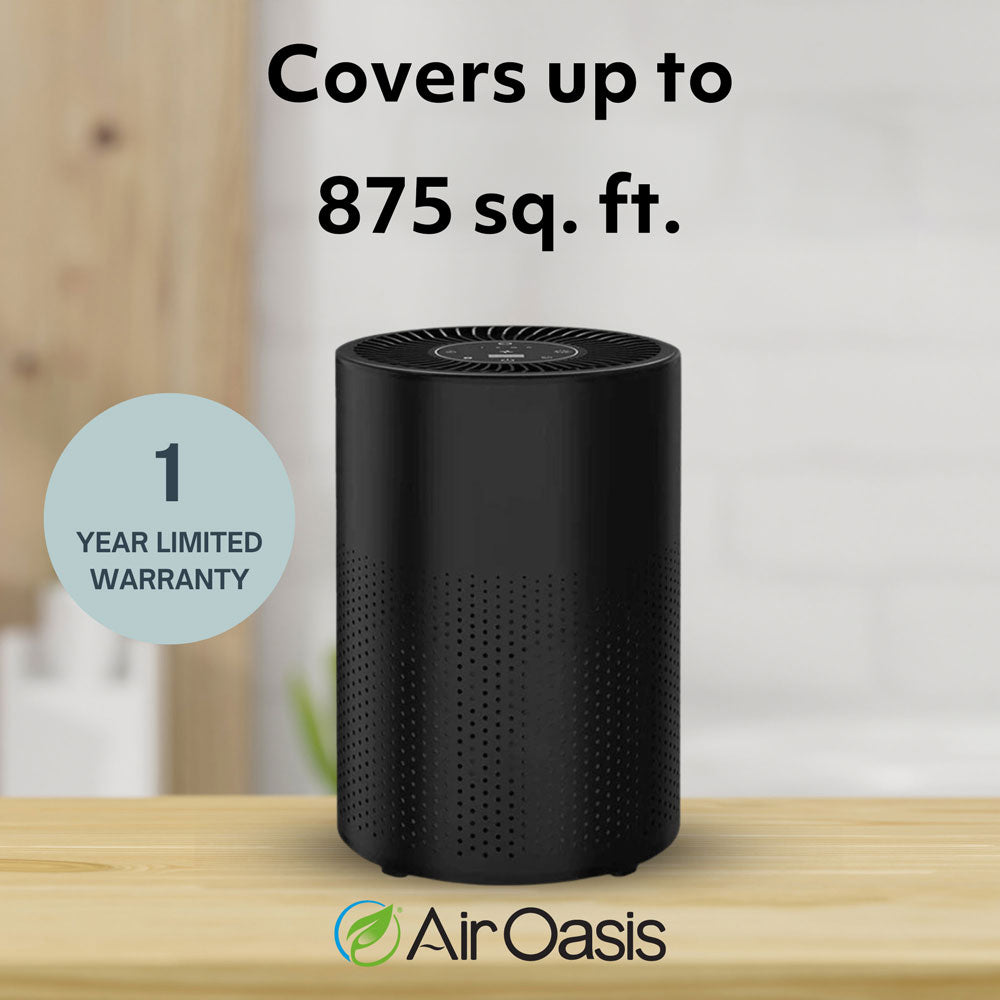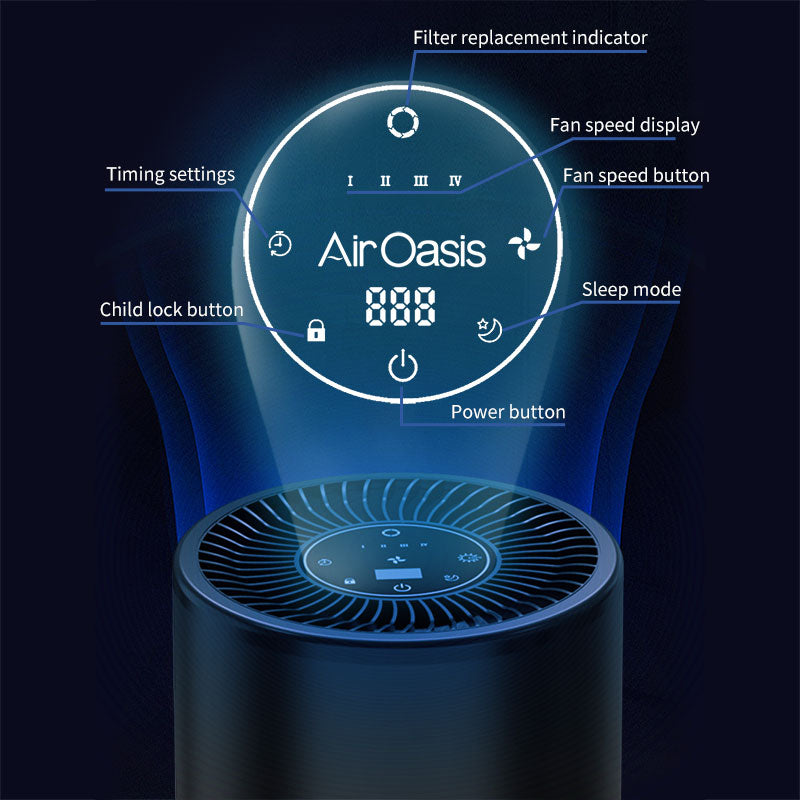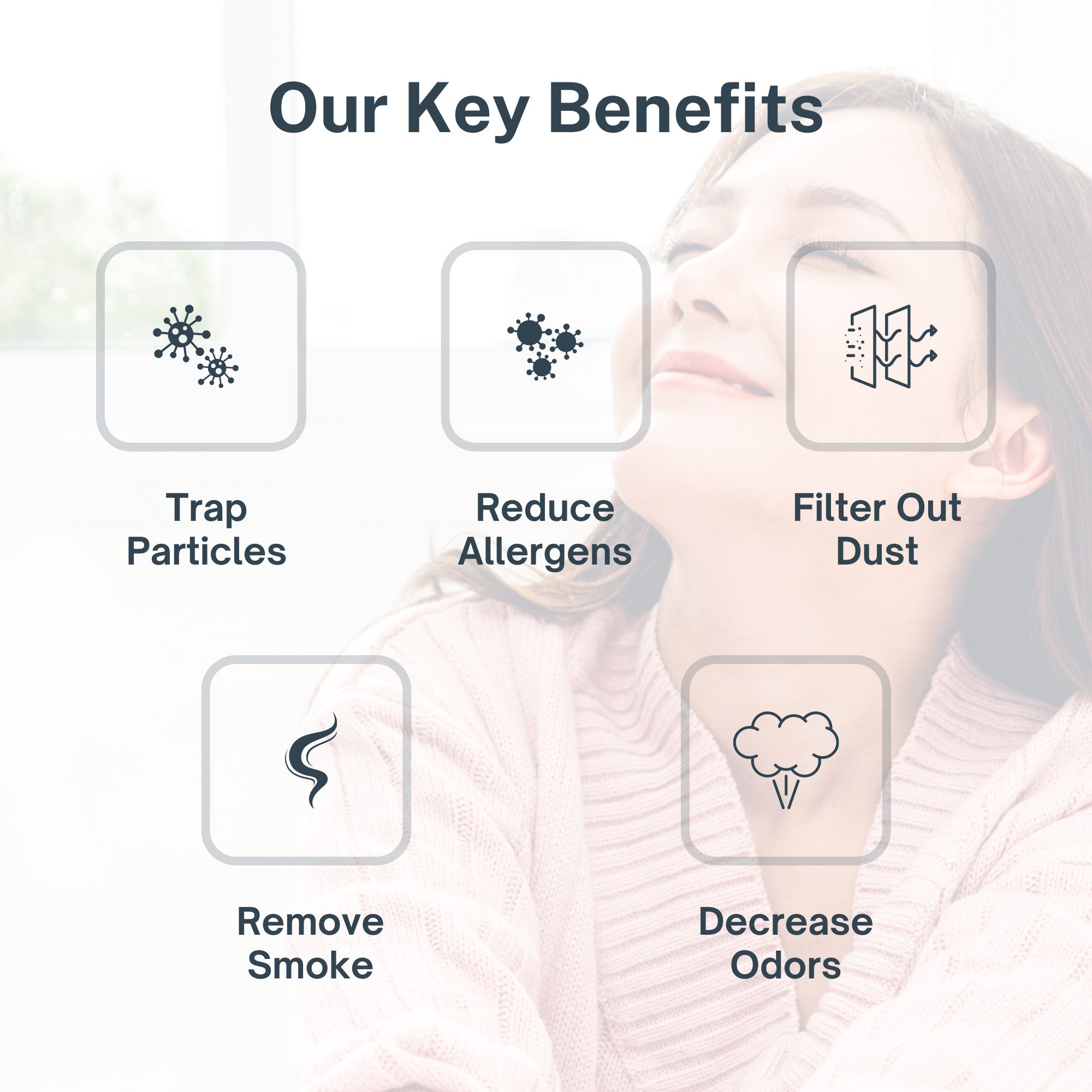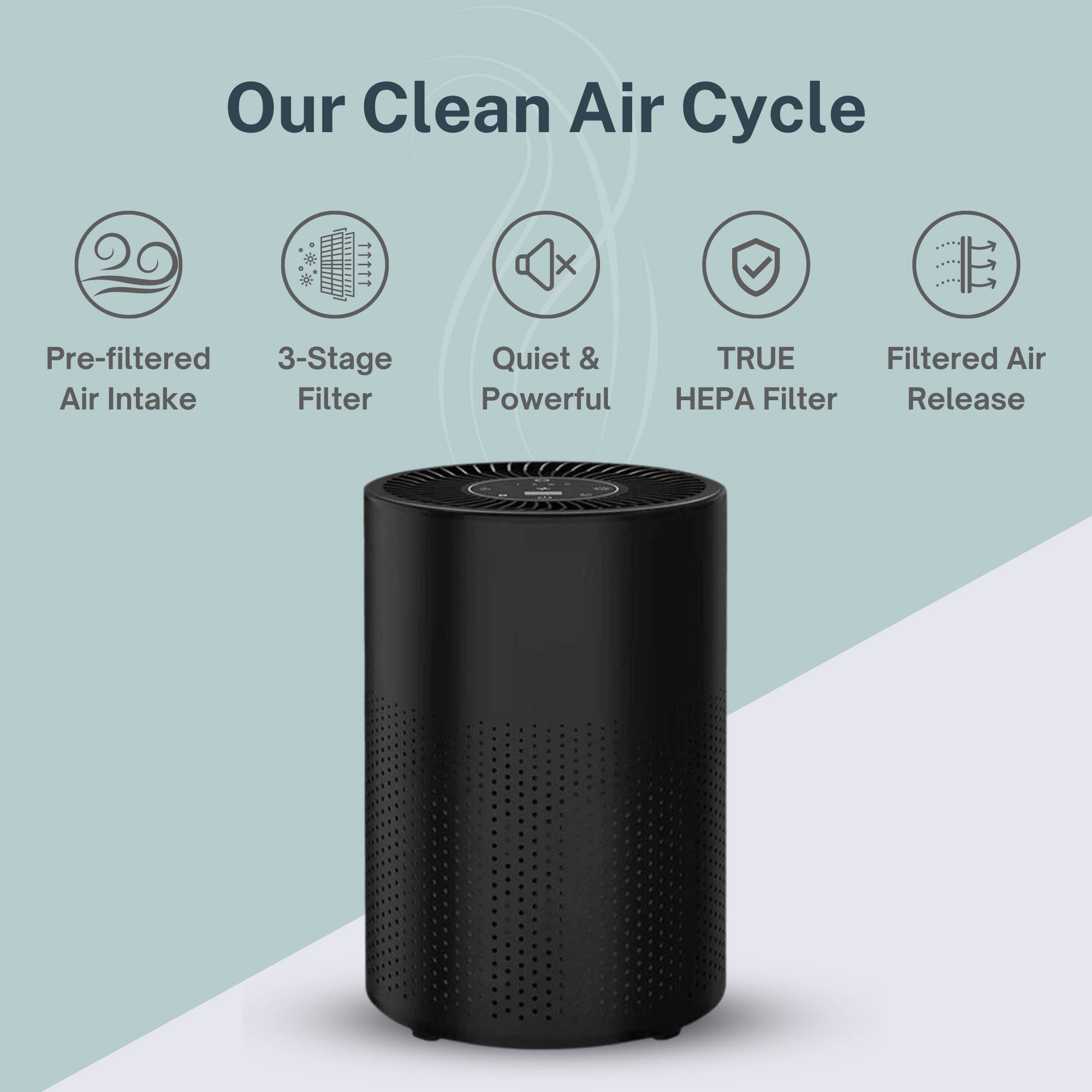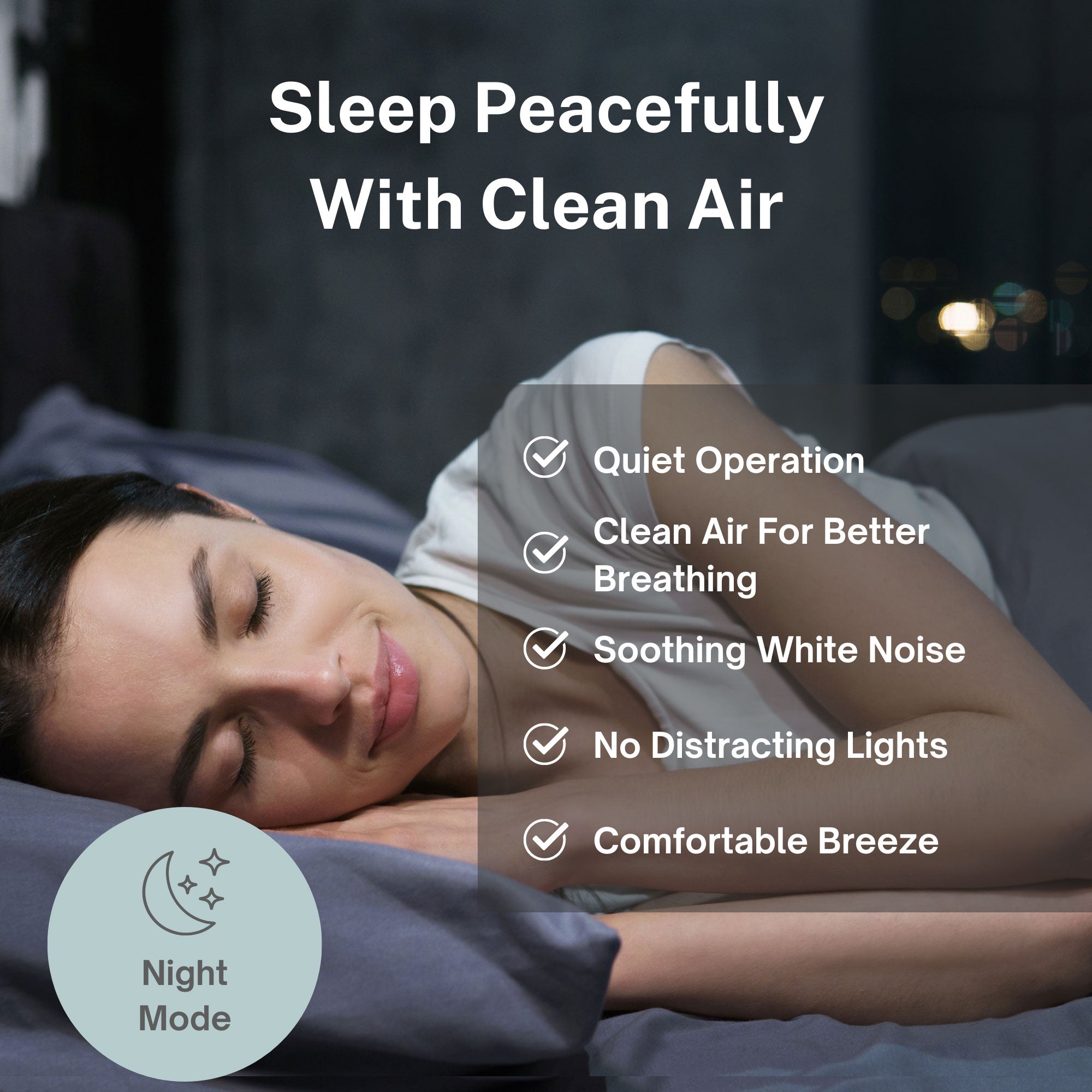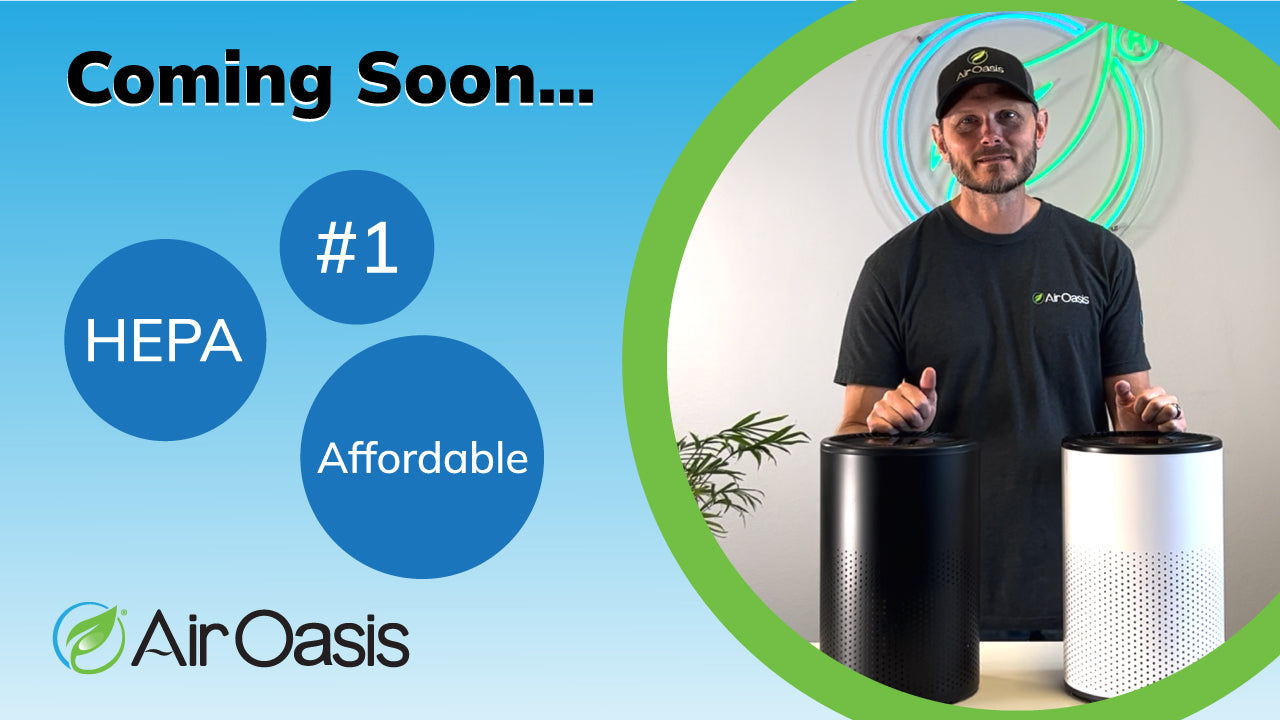When you think about wind turbines dotting the landscape, you might consider their role in renewable energy or climate change mitigation. But there's another benefit that hits closer to home—literally. Wind energy directly improves the air quality in communities across America by displacing fossil fuel power generation that would otherwise pump harmful pollutants into the atmosphere. For health-conscious individuals concerned about respiratory wellness, understanding wind energy's air quality benefits reveals an often-overlooked connection between large-scale energy infrastructure and the air flowing through your neighborhood.
The Numbers Behind Cleaner Air
U.S. wind turbines are already making a measurable difference in air quality nationwide. The 167.7 million megawatt-hours of wind energy produced in 2013 reduced carbon dioxide emissions by 126.8 million tons—equivalent to reducing power sector emissions by more than five percent or taking twenty million cars off the road. That's not just an abstract environmental statistic; it represents real reductions in the pollutants that affect respiratory health in communities across the country.
To put this in perspective, one megawatt-hour of wind energy avoids three-quarters of a ton, or 1,500 pounds, of carbon dioxide emissions on average. A typical two-megawatt wind turbine prevents around 4,000 to 4,500 tons of carbon emissions annually, equivalent to the annual carbon emissions of more than 700 cars. When you multiply these figures across thousands of turbines operating nationwide, the air quality impact becomes substantial.
Beyond Carbon: The Health-Relevant Pollutants
While carbon dioxide's role in climate change receives considerable attention, wind energy also reduces other pollutants that directly affect human health. When wind turbines generate electricity, they displace power that would otherwise come from fossil fuel plants—primarily coal and natural gas facilities that emit nitrogen oxides and sulfur dioxide alongside carbon dioxide.
Nitrogen oxides contribute to ground-level ozone formation and particulate matter pollution, both significant respiratory irritants linked to asthma attacks, reduced lung function, and cardiovascular problems. Sulfur dioxide can trigger breathing difficulties, particularly for people with asthma or other chronic lung conditions. By displacing fossil fuel generation, wind energy reduces emissions of these health-damaging pollutants in nearly every state.
The health implications extend beyond immediate respiratory symptoms. Long-term exposure to air pollution from fossil fuel combustion has been linked to chronic respiratory diseases, cardiovascular conditions, and reduced life expectancy. When wind turbines generate electricity instead of coal or gas plants, they're not just preventing carbon emissions—they're preventing the release of pollutants that directly damage human health.
Regional Success Stories
The air quality benefits of wind energy vary significantly by region, with some states achieving particularly impressive emission reductions. The top ten states by volume of carbon reductions from wind energy include Texas, Illinois, California, Colorado, Iowa, Missouri, Oklahoma, Wisconsin, Minnesota and Wyoming—a geographically diverse group spanning from the Great Plains to both coasts.
Even more remarkable, several states have achieved carbon emission reductions of ten percent or more from wind energy alone. This group includes California, Colorado, Idaho, Iowa, Kansas, Minnesota, Nebraska, Oregon, South Dakota, Vermont, and Washington State, with Oklahoma, Wisconsin and Wyoming approaching the ten percent threshold.
These state-level achievements demonstrate that wind energy can make meaningful contributions to air quality even within current energy infrastructure. As wind capacity continues expanding and technology improves, these benefits will only grow larger.
The Path Forward: Even Greater Air Quality Benefits
More than a dozen utility and independent grid operator studies confirm that wind can reliably provide an even larger share of electricity needs going forward, producing correspondingly larger emission reductions. This isn't theoretical—it's based on detailed operational analysis of how wind integrates with existing grid infrastructure.
As wind energy capacity expands, the air quality benefits will scale proportionally. Every additional megawatt-hour of wind generation displaces fossil fuel combustion that would otherwise release pollutants into the atmosphere. For communities located downwind of coal plants or in regions with poor air quality, increased wind generation can translate directly into cleaner air and better respiratory health outcomes.
The reliability question that once concerned grid operators has been largely resolved through operational experience and improved forecasting. Wind energy now contributes substantial portions of electricity in several states without compromising grid stability, proving that air quality benefits can be achieved while maintaining reliable power supplies.
Why This Matters for Your Health
Understanding the air quality benefits of wind energy matters because outdoor air quality directly influences indoor air quality. Pollutants generated by fossil fuel power plants don't stay near the plants—they disperse across regions, contributing to the background pollution levels that infiltrate homes, schools, and workplaces throughout entire areas.
When wind turbines displace fossil fuel generation, they reduce the total pollution load in the atmosphere. This means fewer pollutants available to infiltrate indoor spaces through ventilation systems, open windows, and the countless tiny gaps in building envelopes. For people concerned about respiratory health, reducing outdoor pollution sources represents an important complement to indoor air quality improvements.
The connection becomes especially relevant during high-pollution episodes. On days when grid operators can rely heavily on wind generation, fossil fuel plants can reduce output, leading to lower emissions during periods when air quality might otherwise deteriorate. This dynamic protection benefits entire regions, not just communities immediately surrounding power plants.
Individual Action in a Larger Context
Large-scale infrastructure changes like expanding wind energy capacity create cleaner outdoor air across regions. However, individuals don't need to wait for energy transition to protect their respiratory health. While policy decisions and utility investments determine outdoor air quality over time, you can take immediate action on the air you breathe indoors.
Advanced air purification technology captures the particulate matter, volatile organic compounds, and other pollutants that infiltrate indoor spaces from outside sources. This creates a protective buffer regardless of outdoor air quality conditions, offering immediate respiratory health benefits while broader environmental improvements continue developing.
The cleanest air future combines both approaches: expanding renewable energy infrastructure that reduces pollution at the source while simultaneously protecting indoor environments where people spend the majority of their time. Wind energy creates regional air quality benefits that accumulate over years and decades. Indoor air purification creates immediate personal health benefits that you can experience today.
Breathing Easier Today and Tomorrow
Wind energy's role in reducing air pollution represents a significant public health benefit that often gets overshadowed by climate change discussions. The 126.8 million tons of carbon dioxide emissions prevented in 2013 alone—along with corresponding reductions in nitrogen oxides and sulfur dioxide—translate into real improvements in the air Americans breathe. As wind capacity continues expanding, these benefits will grow even larger.
For health-conscious individuals concerned about air quality and respiratory wellness, recognizing these connections helps inform both advocacy and personal choices. Supporting renewable energy expansion creates long-term regional air quality improvements. Simultaneously, taking control of your immediate indoor environment offers protection you can experience right now.
If you're ready to breathe cleaner air in the spaces where you spend your time, advanced air purification technology provides proven protection from particulate matter and pollutants. Shop Air Oasis today and create the healthy indoor environment your respiratory system deserves.
